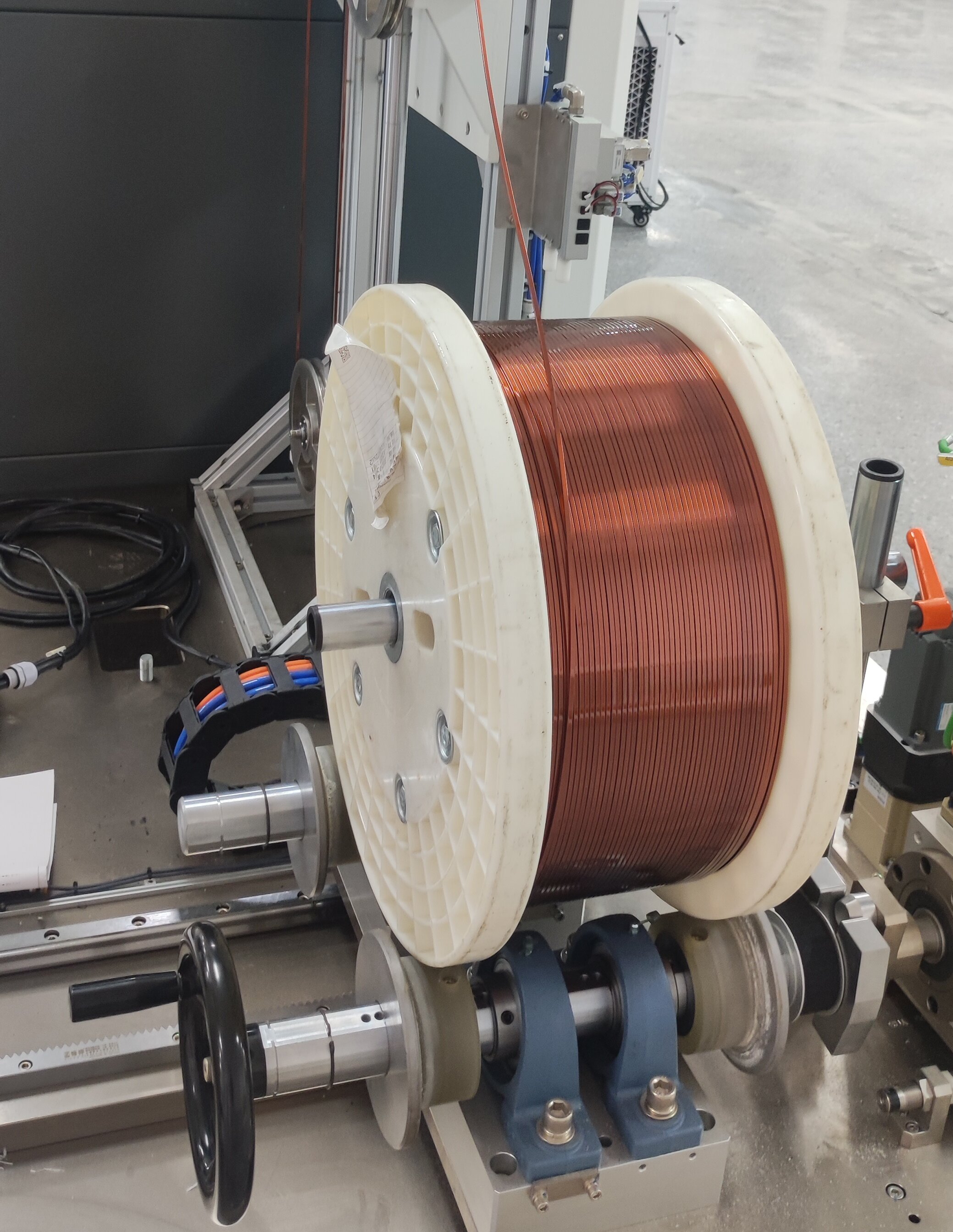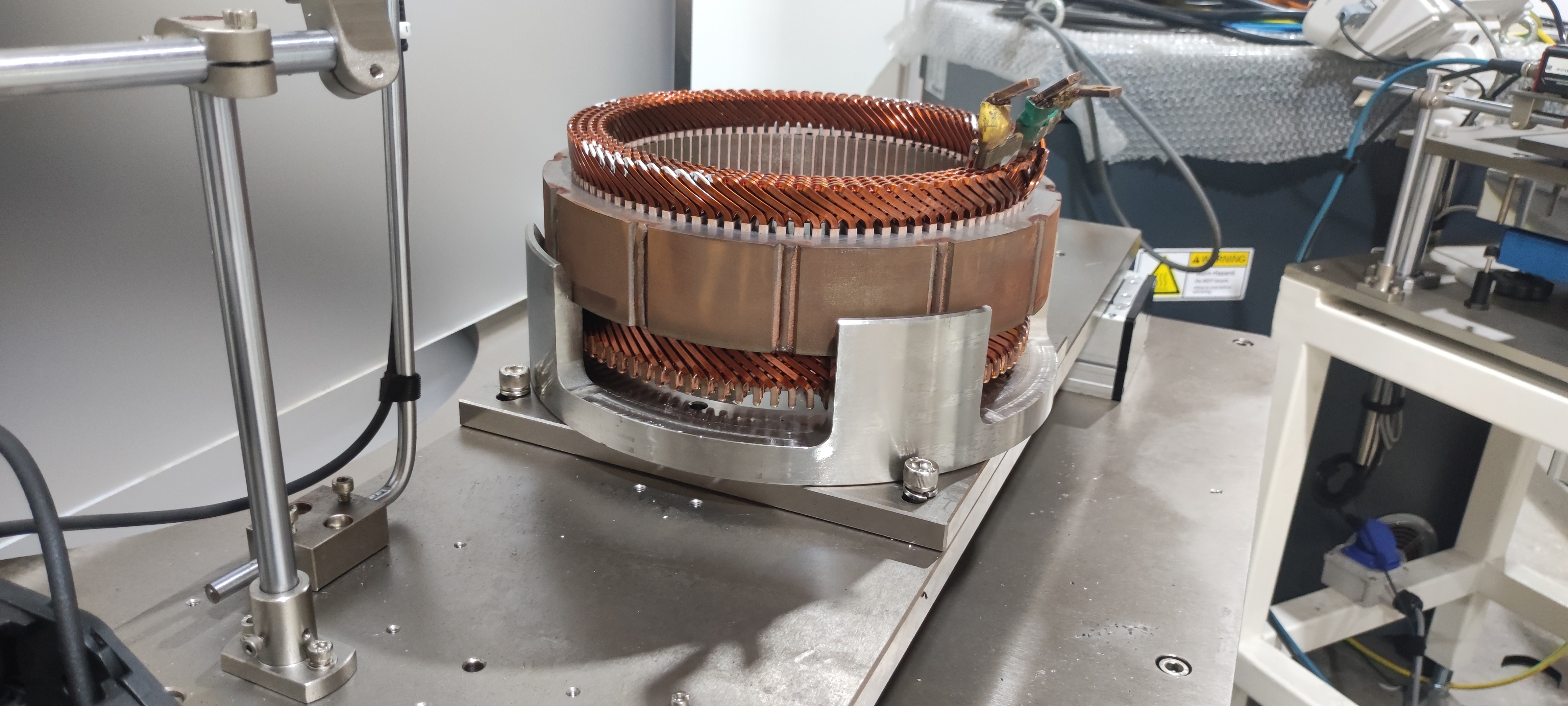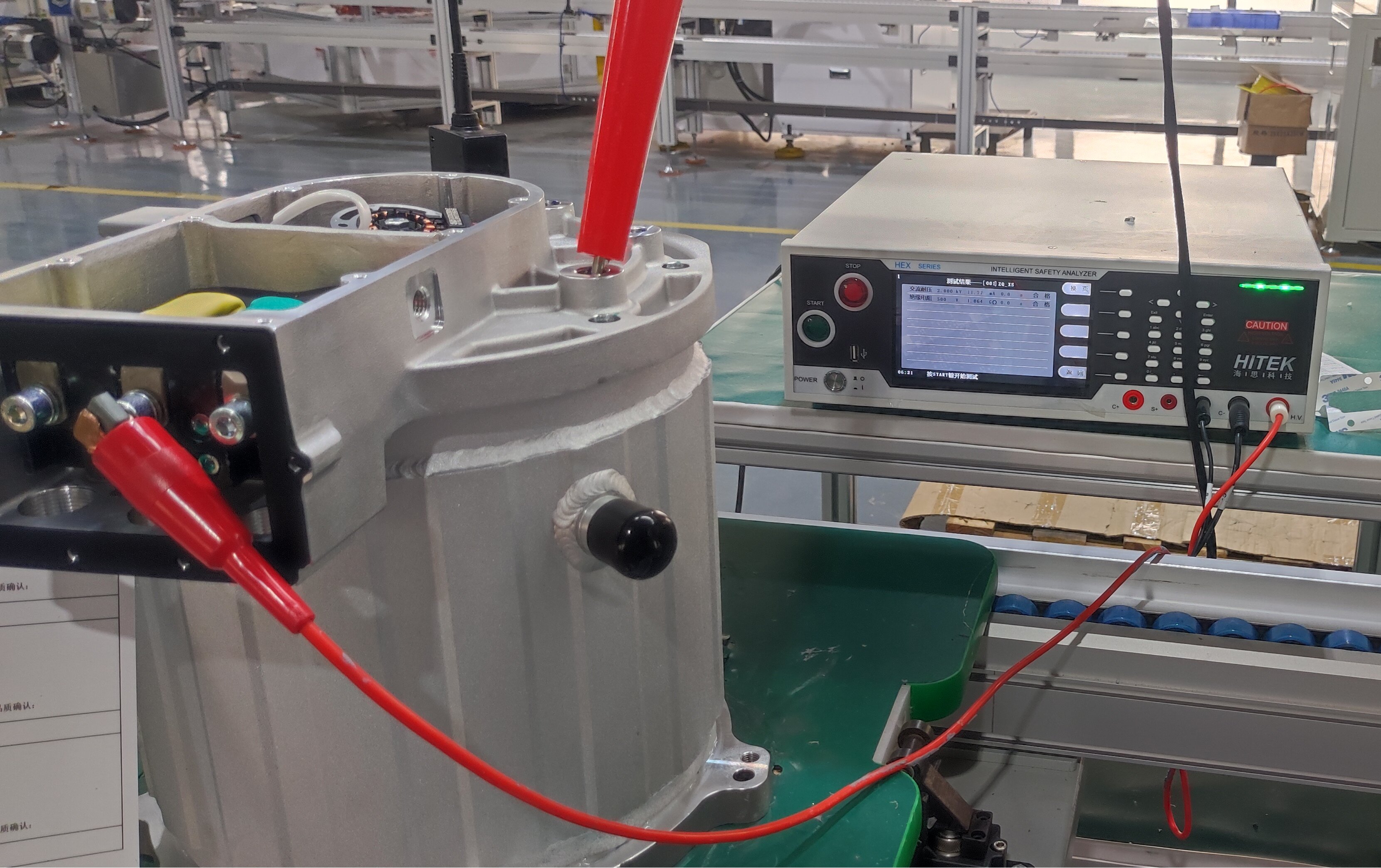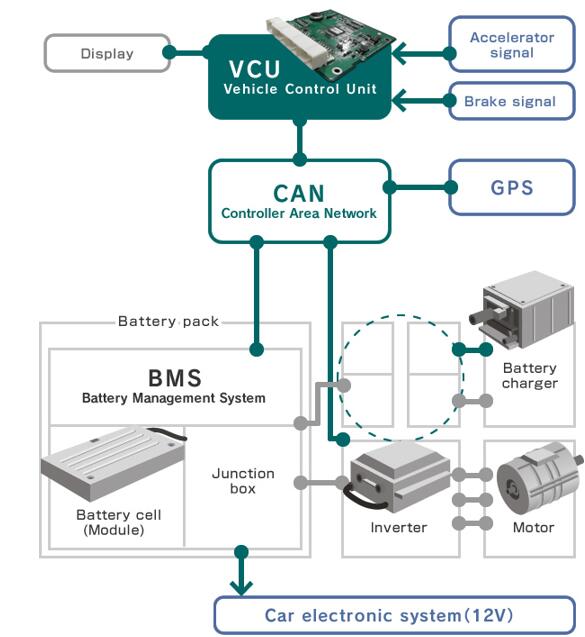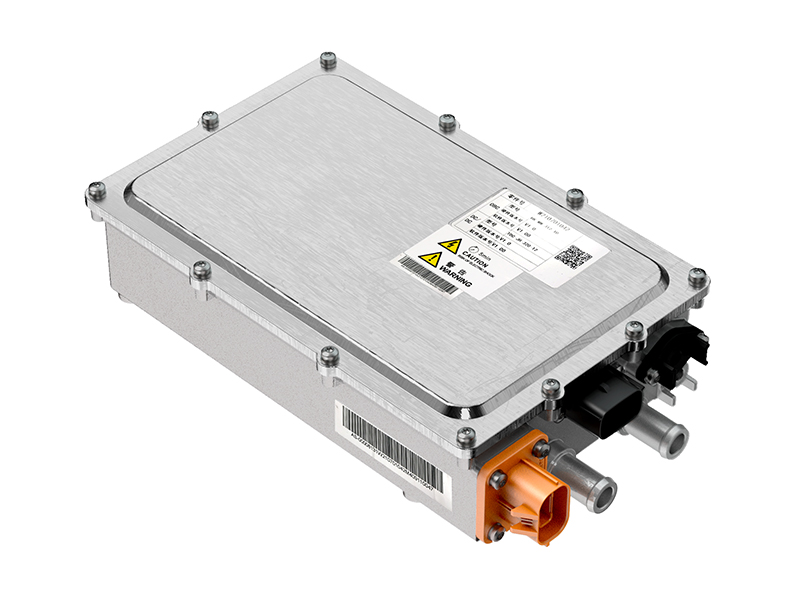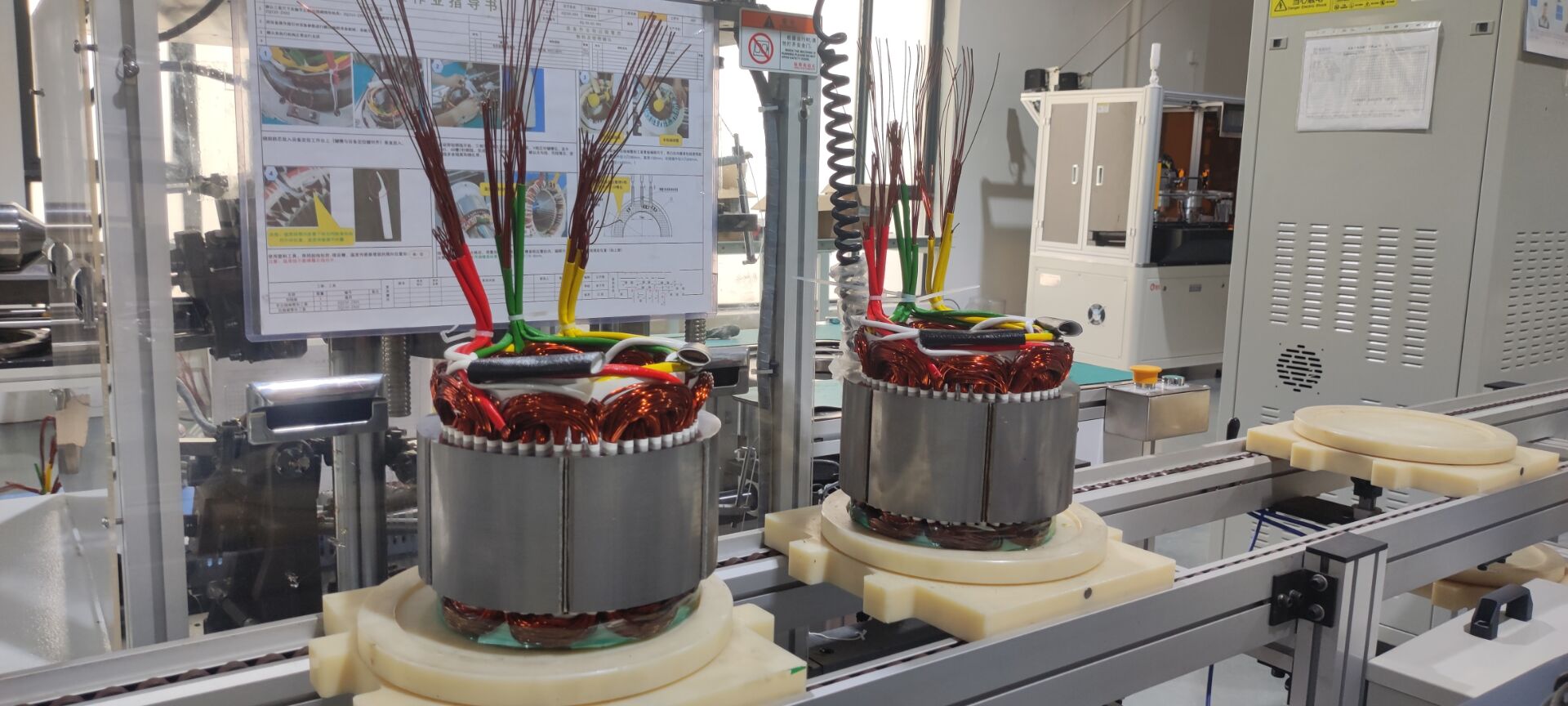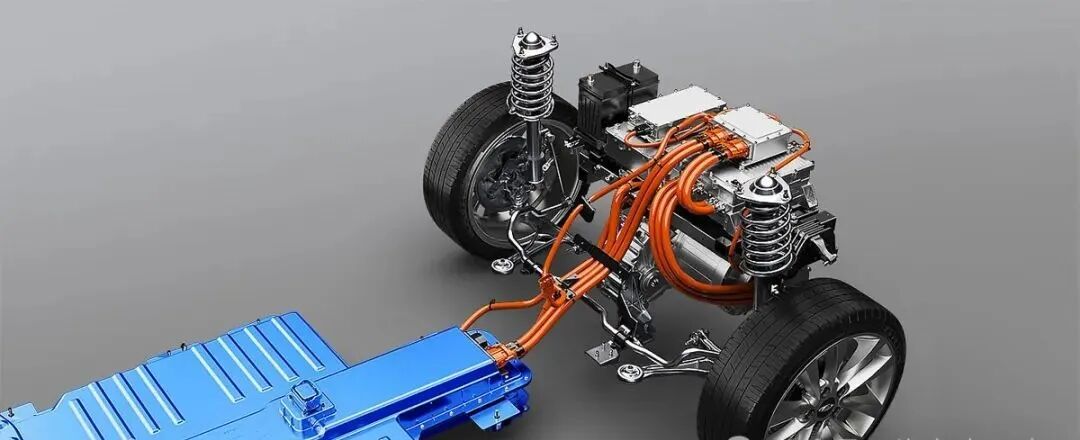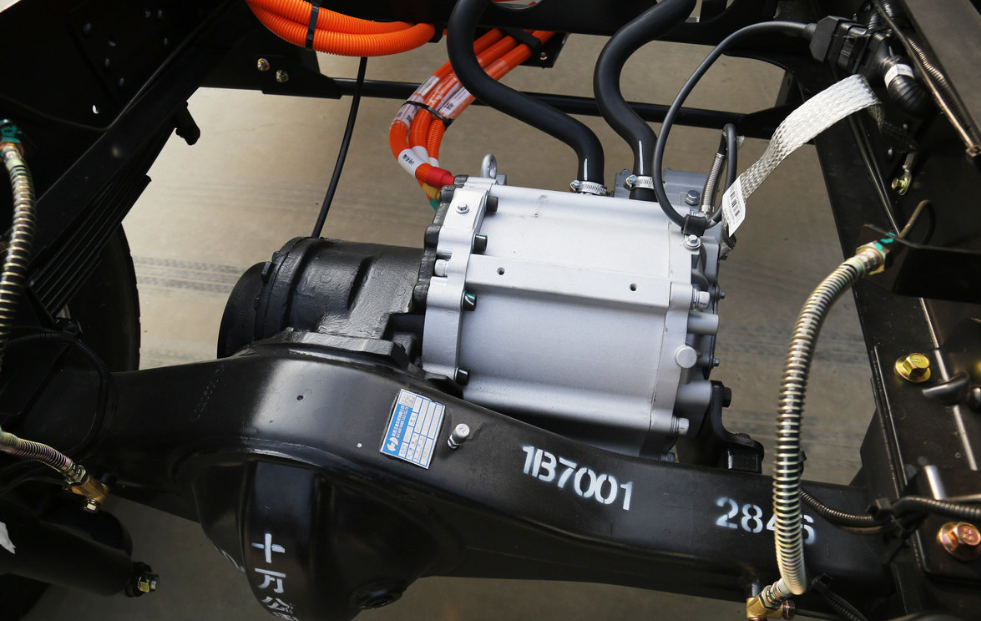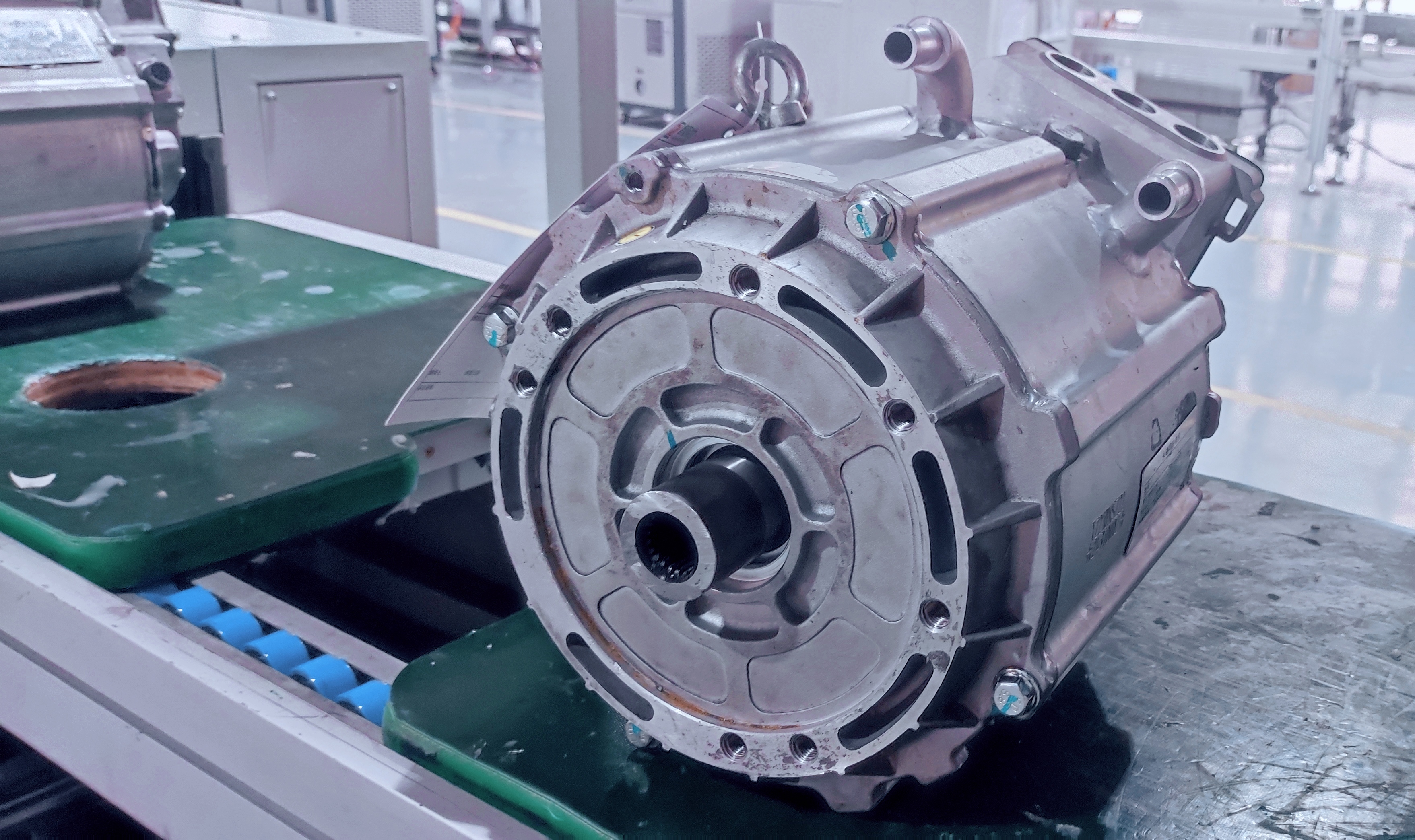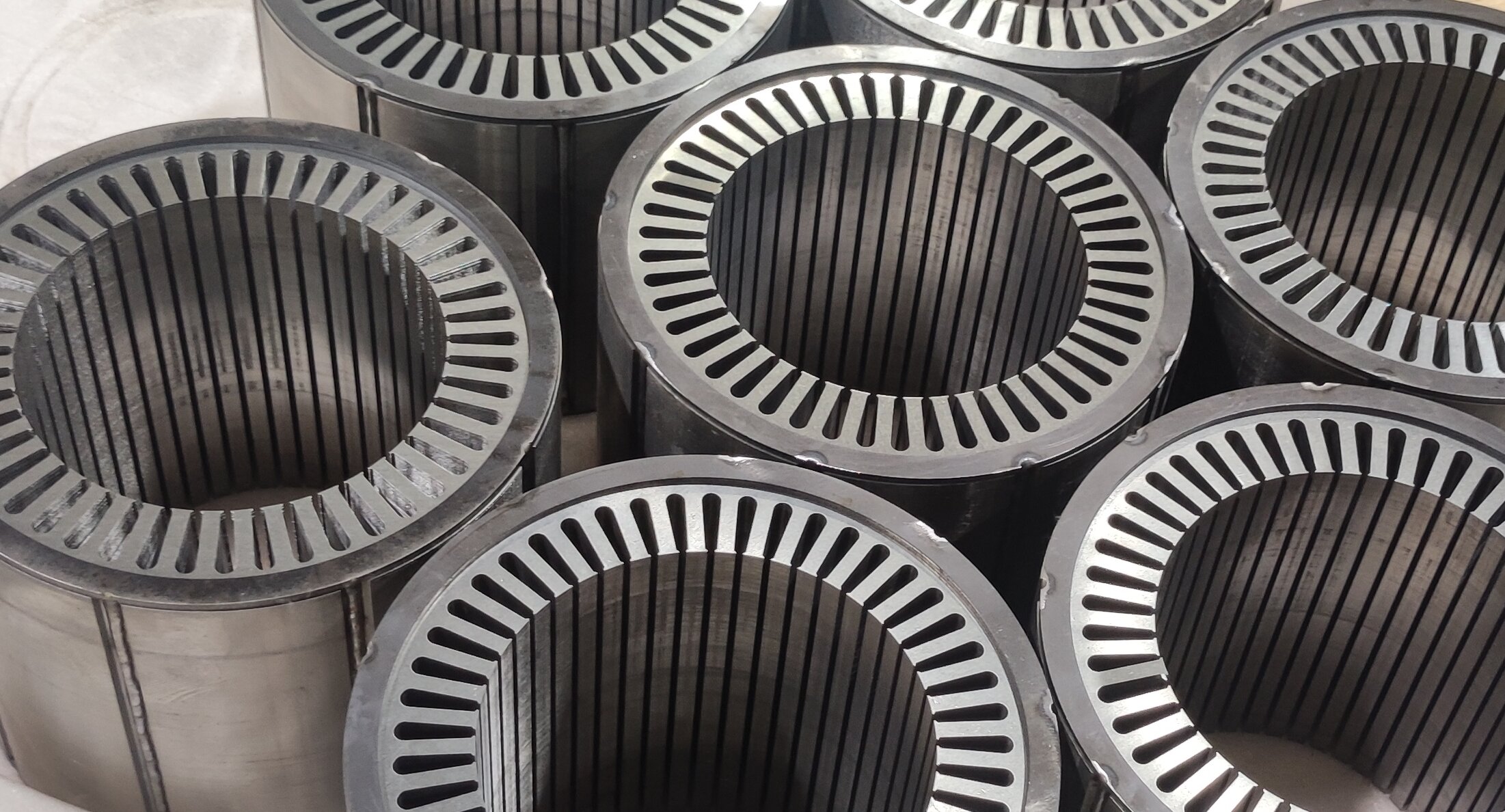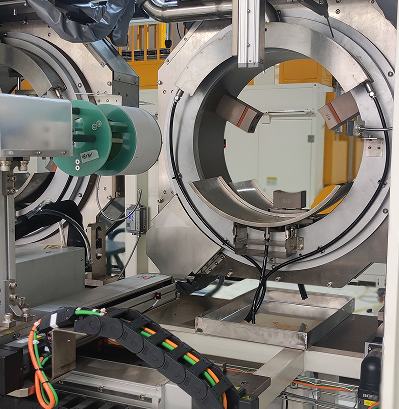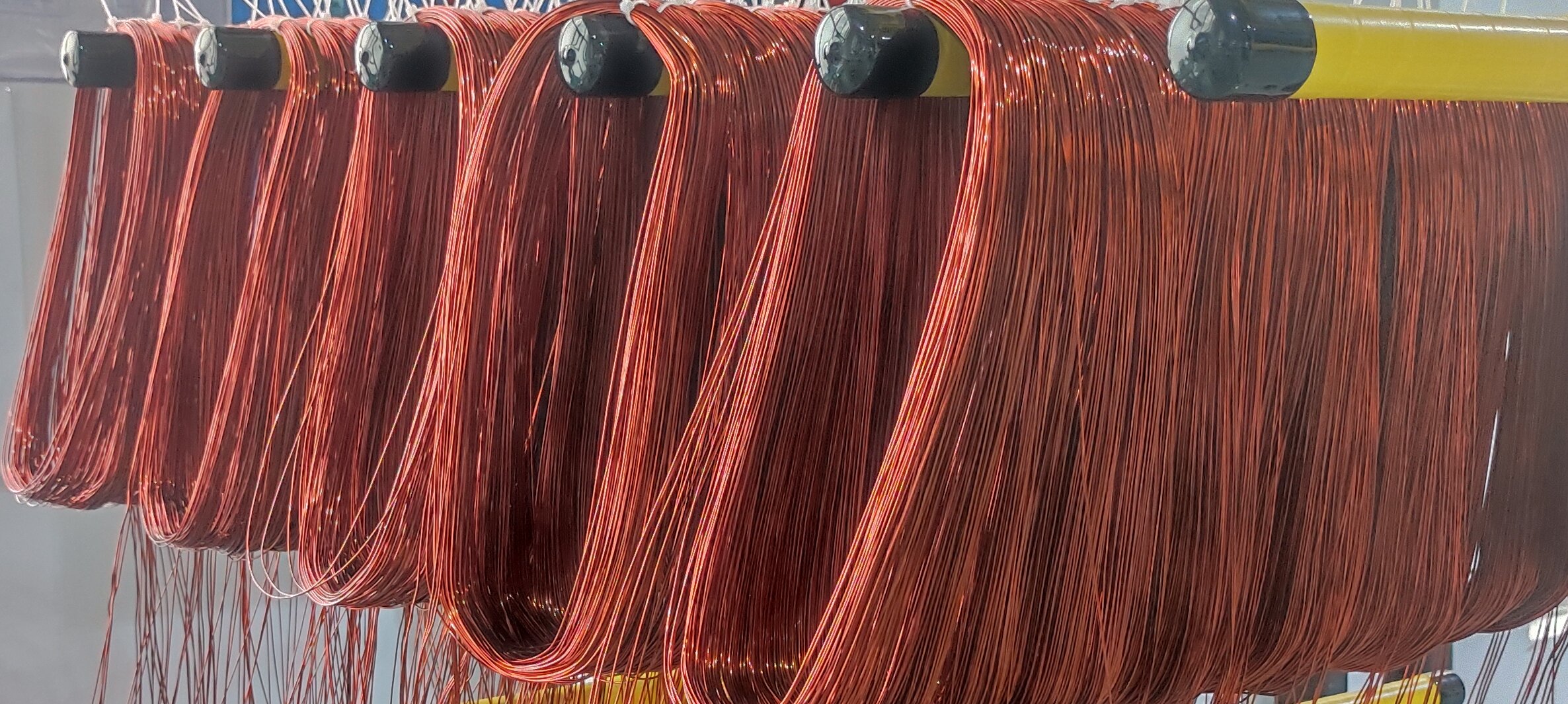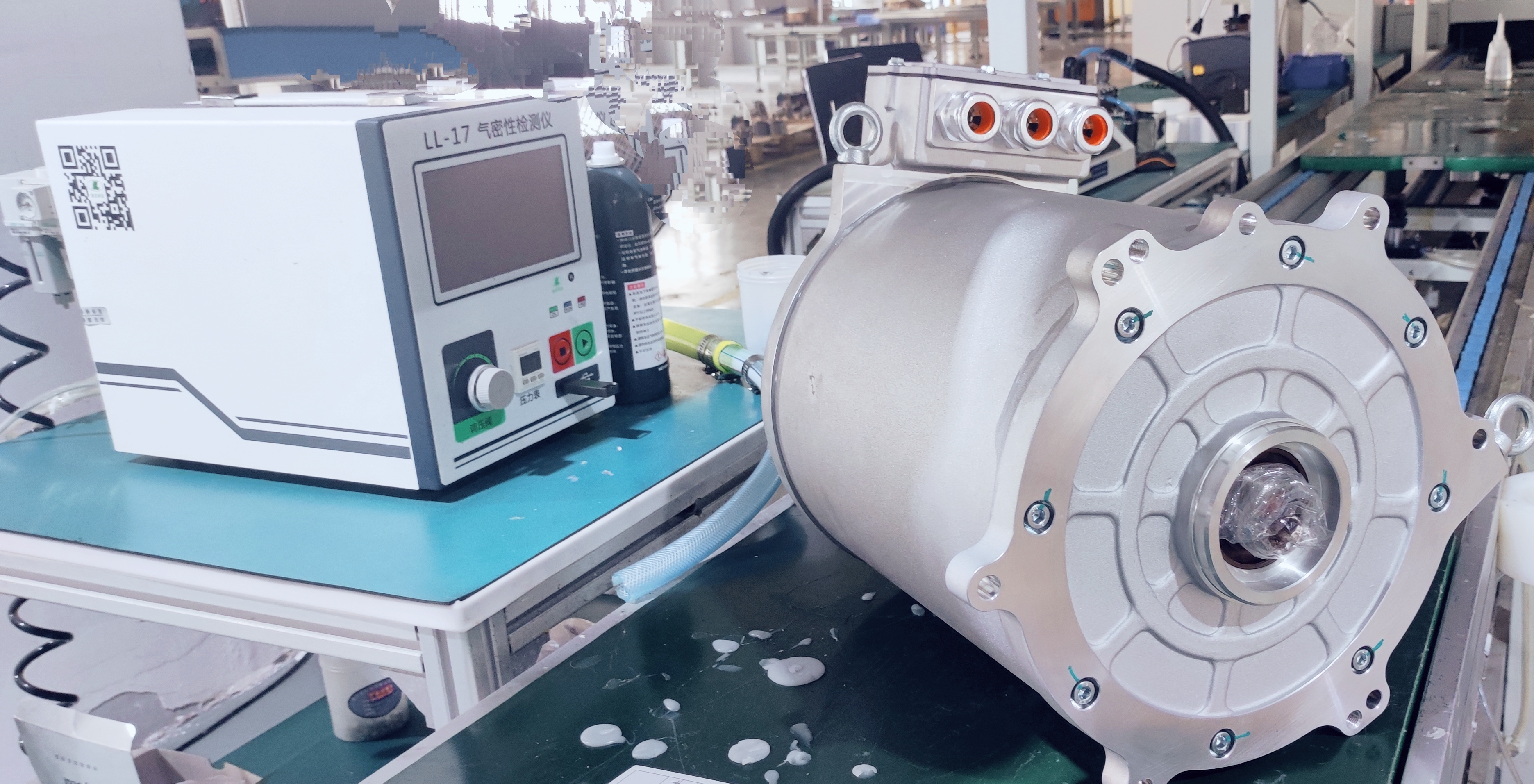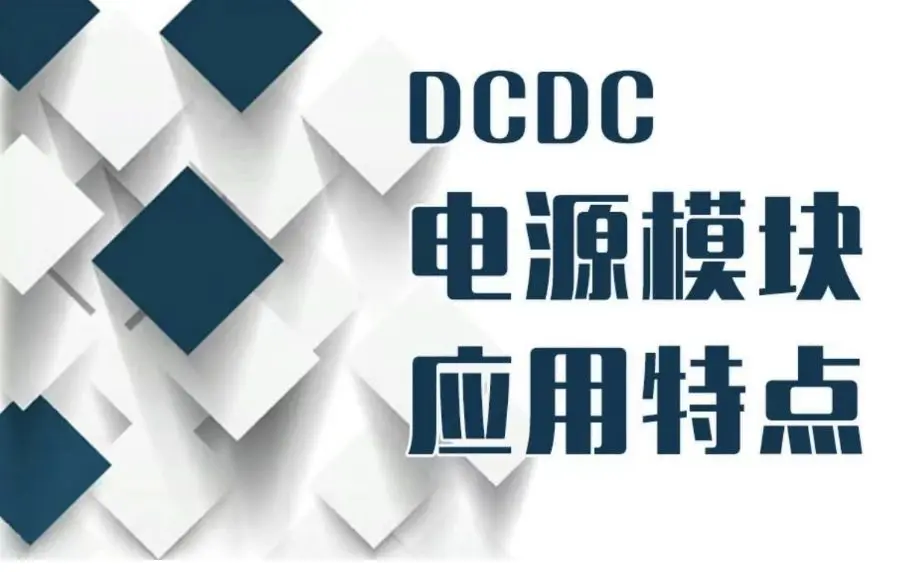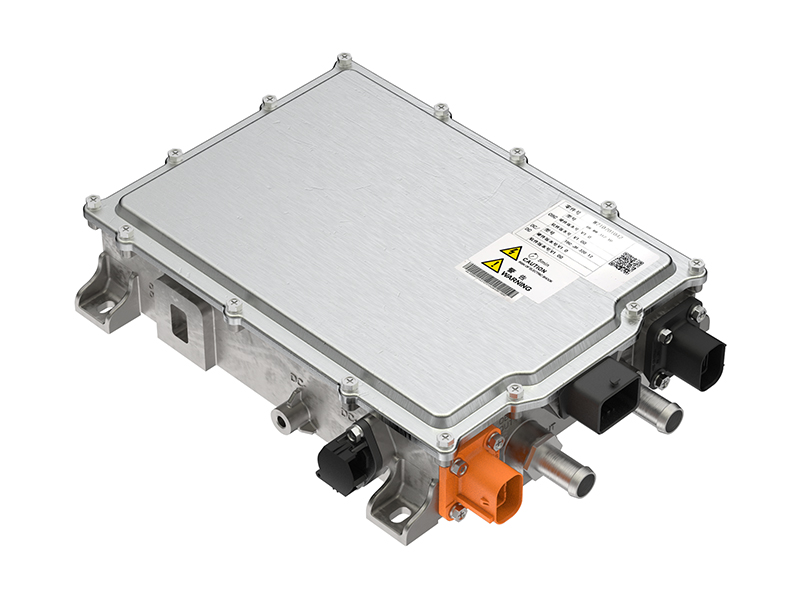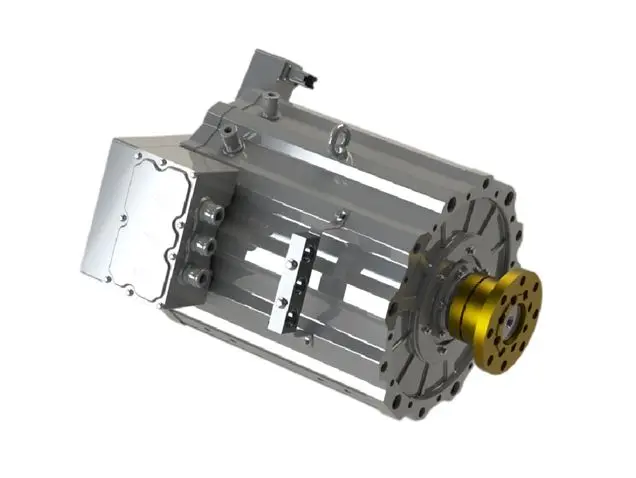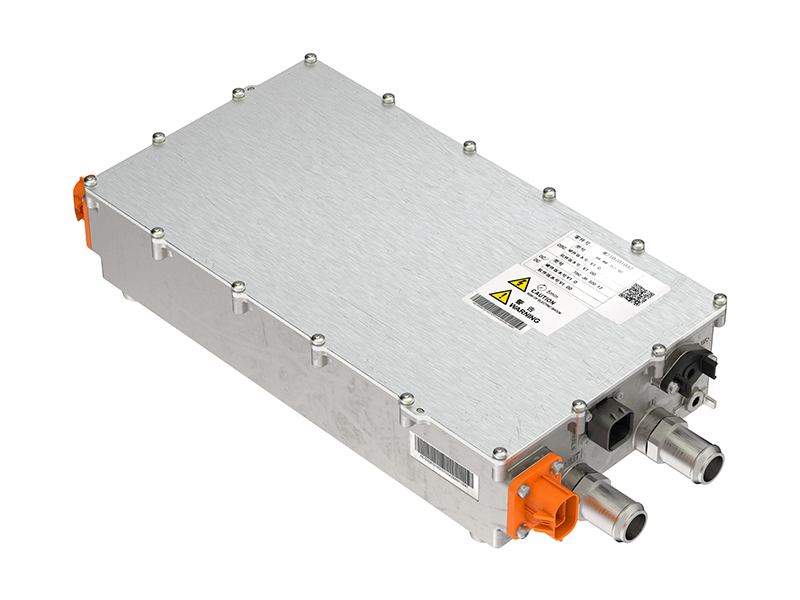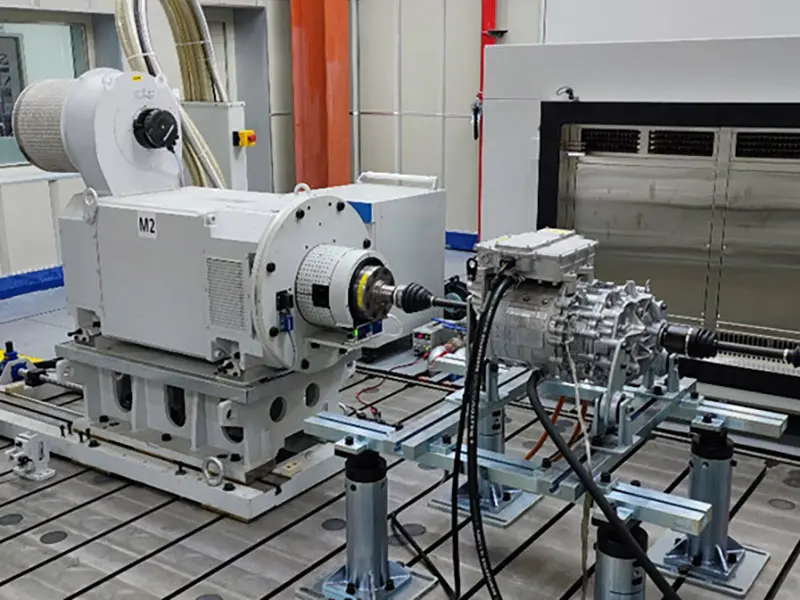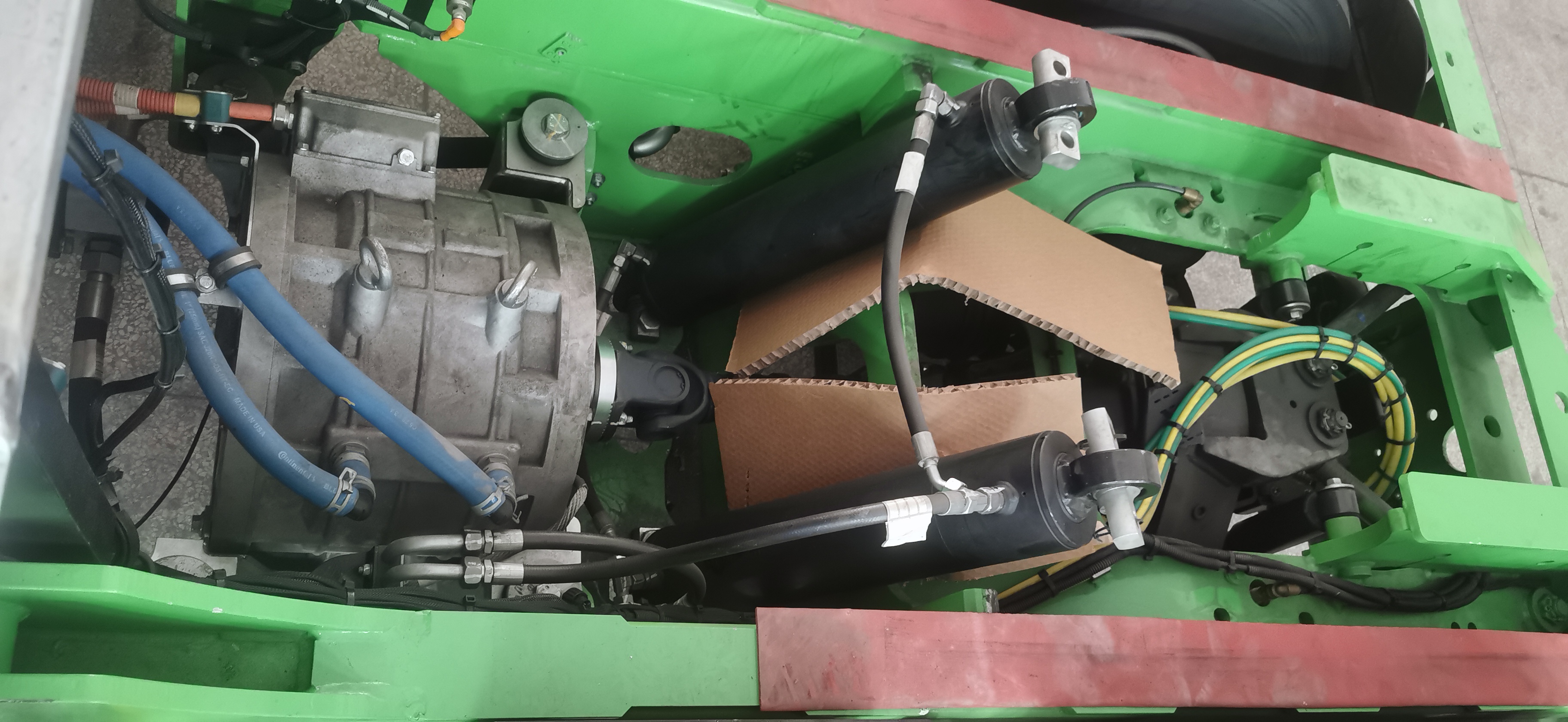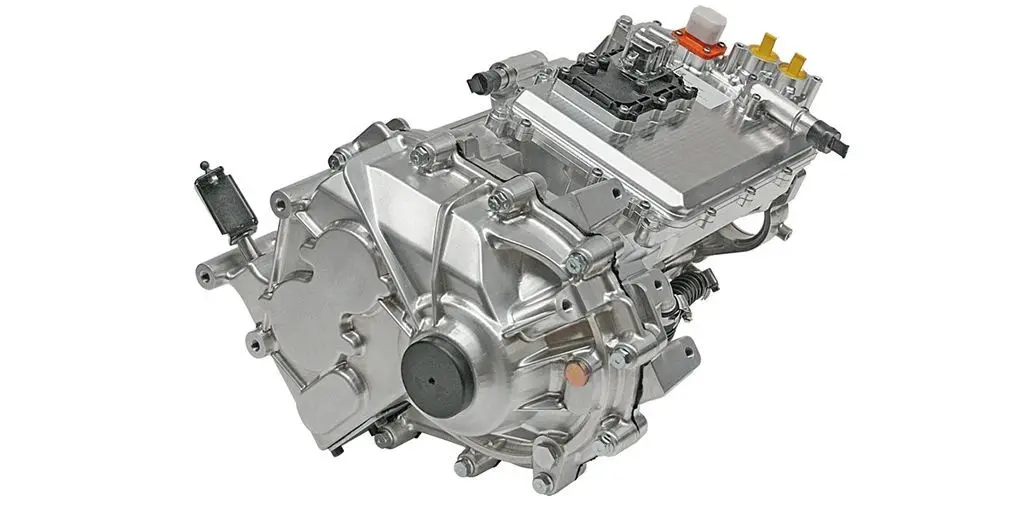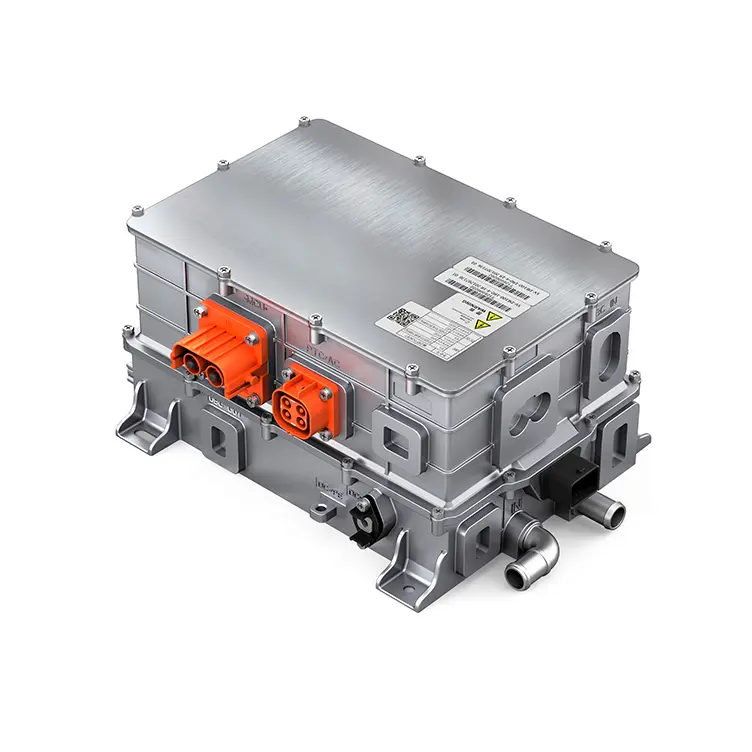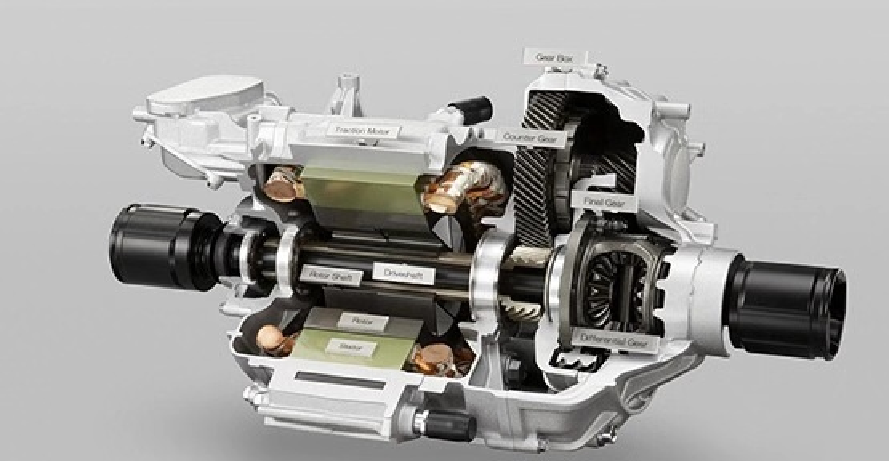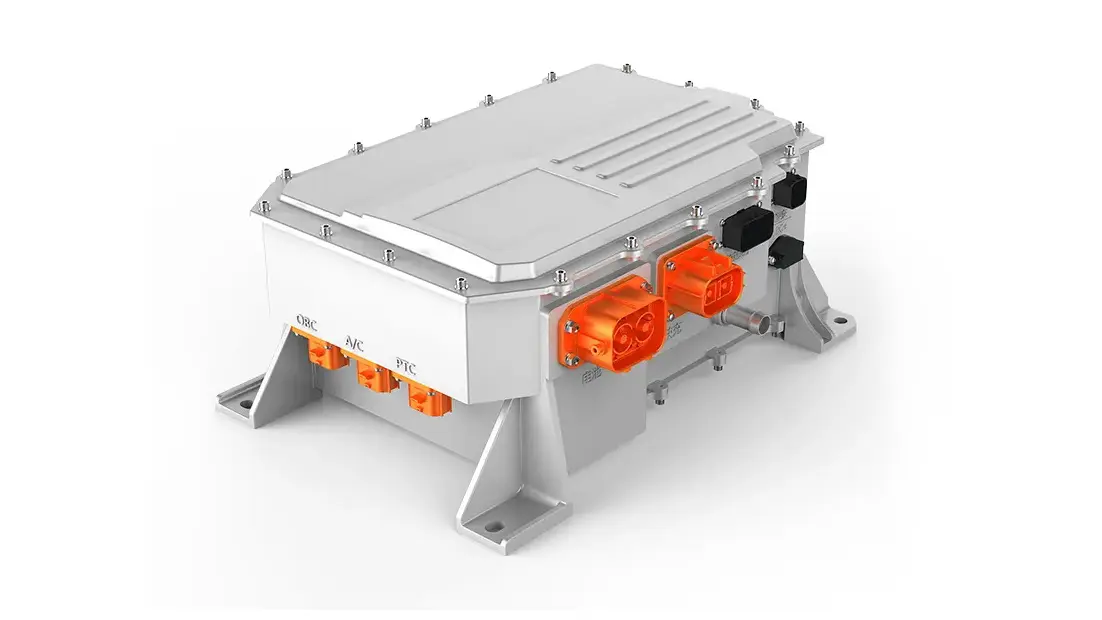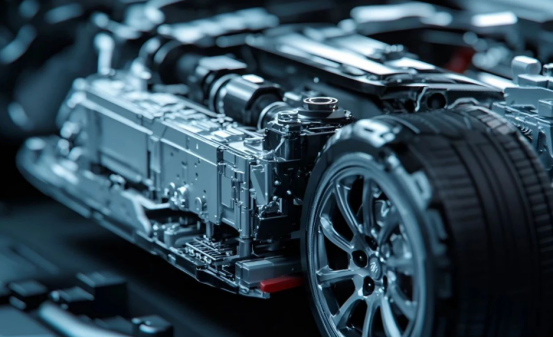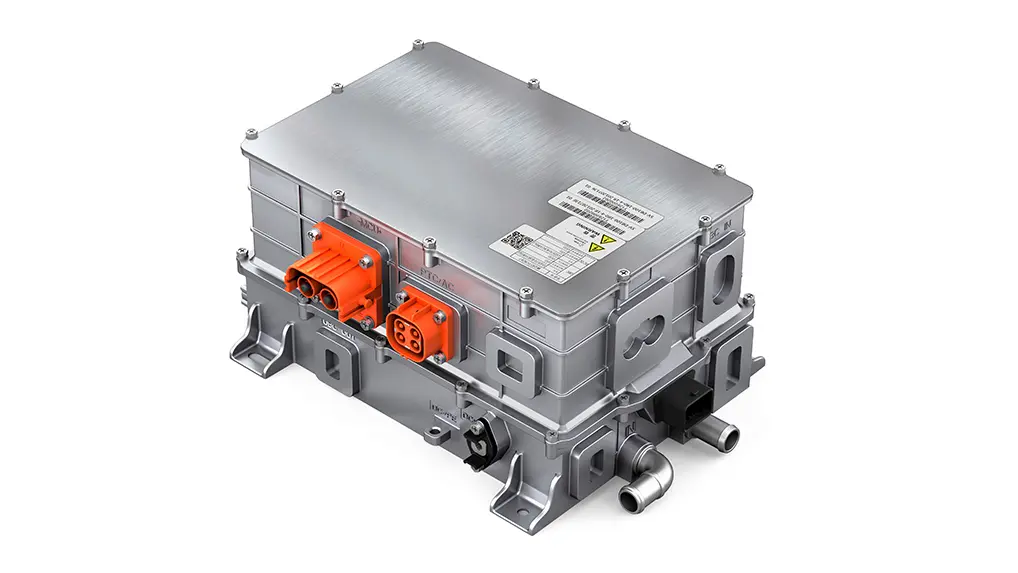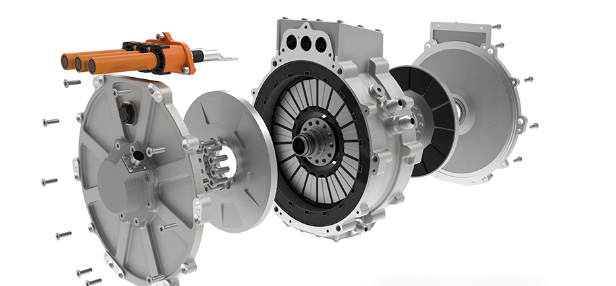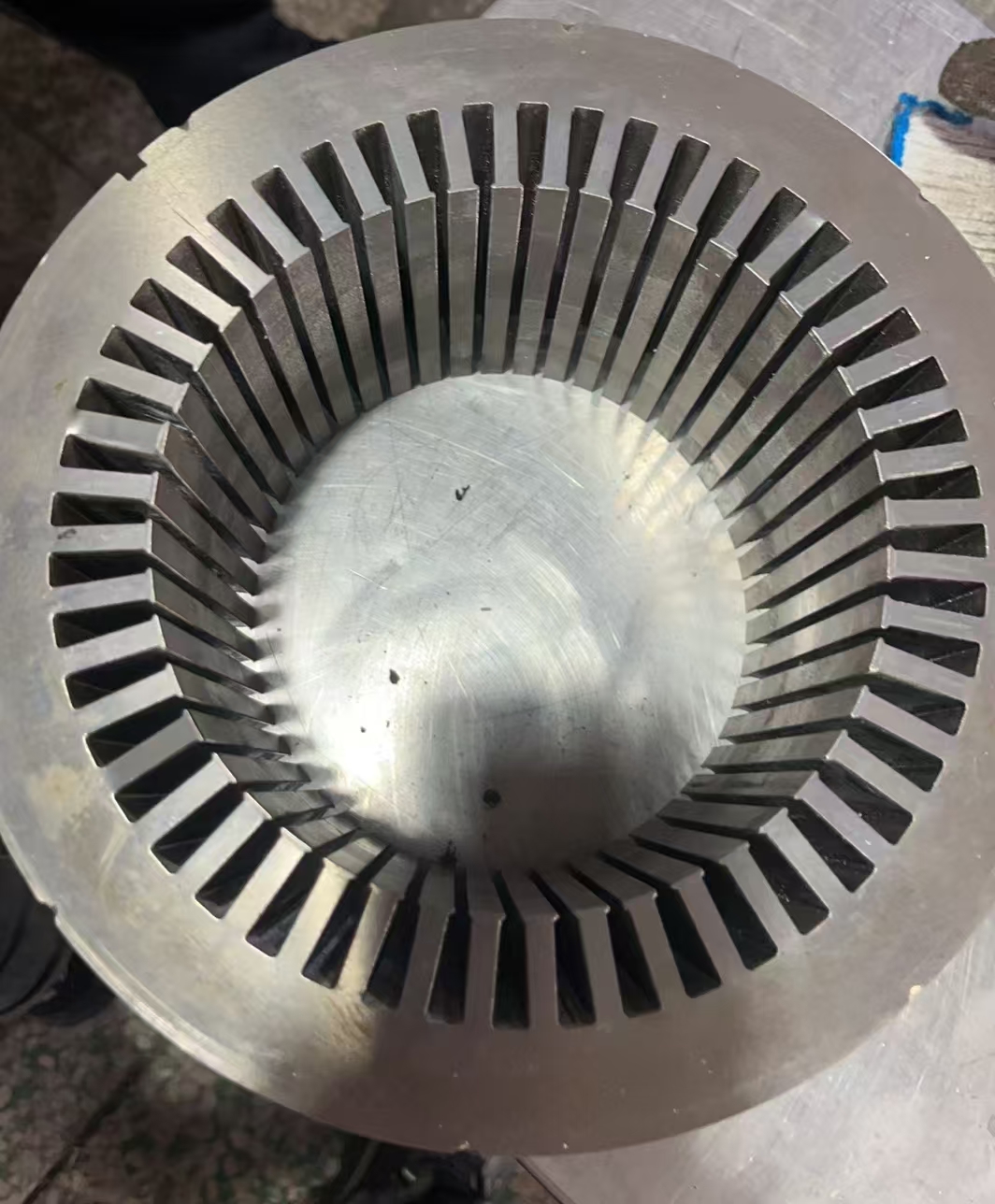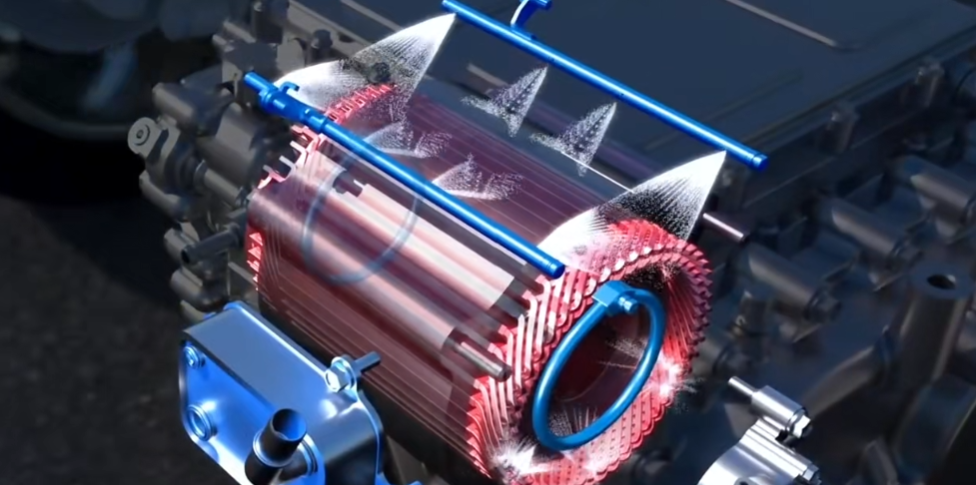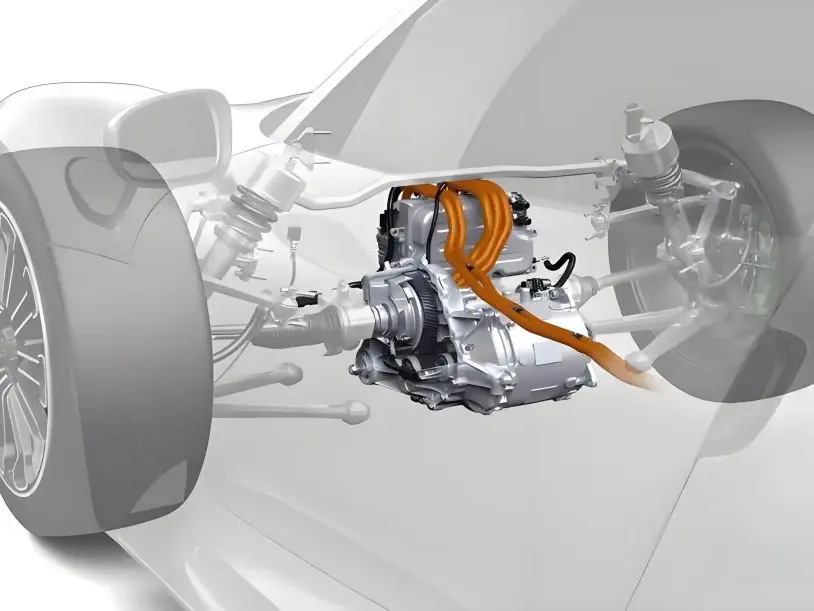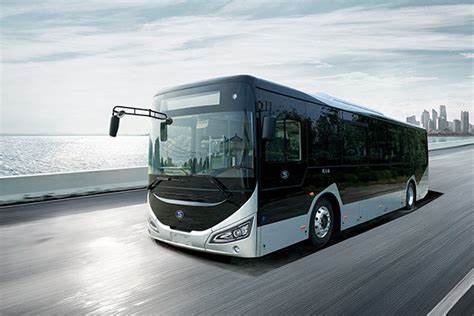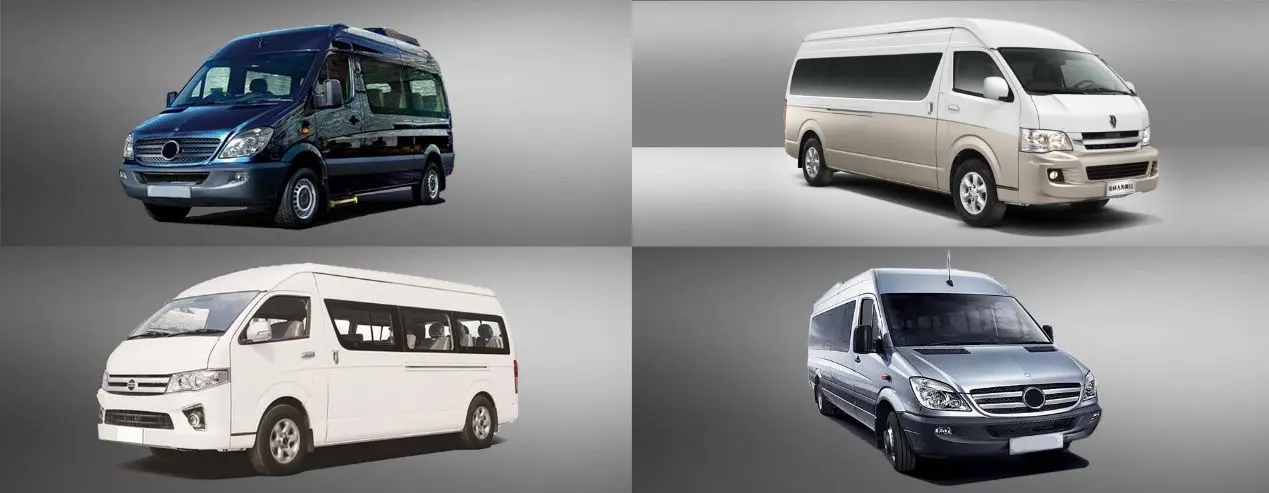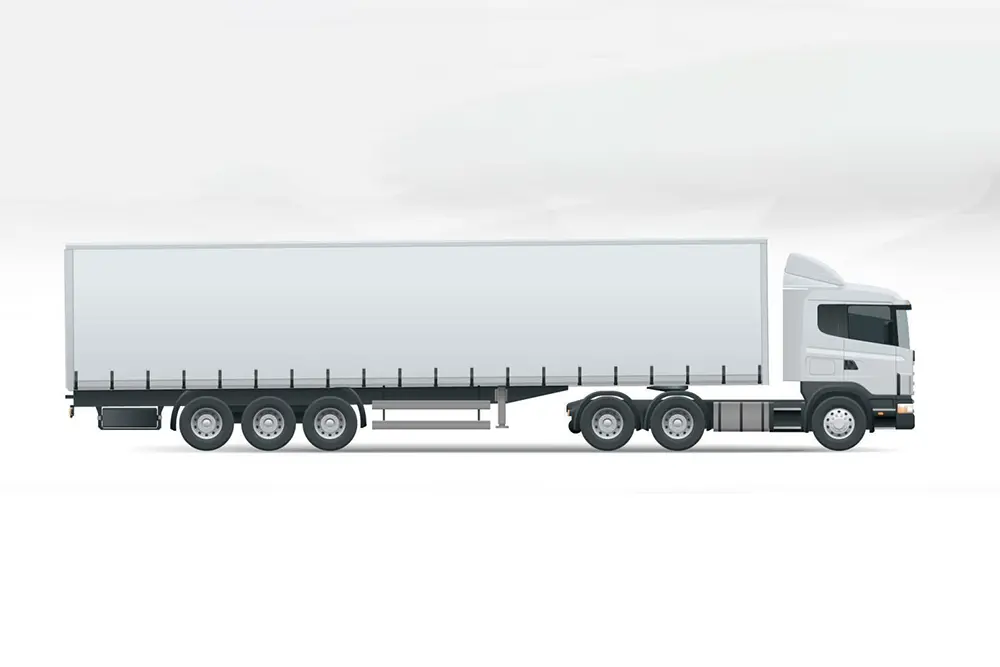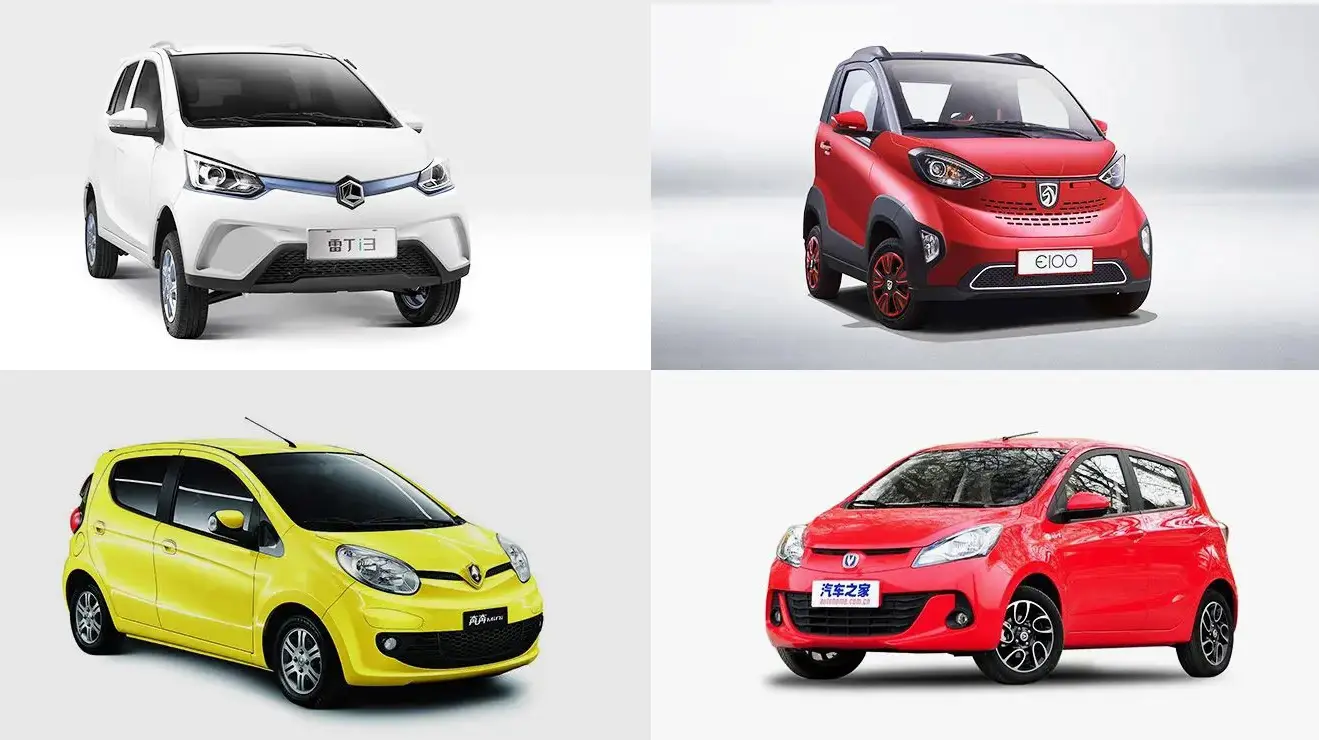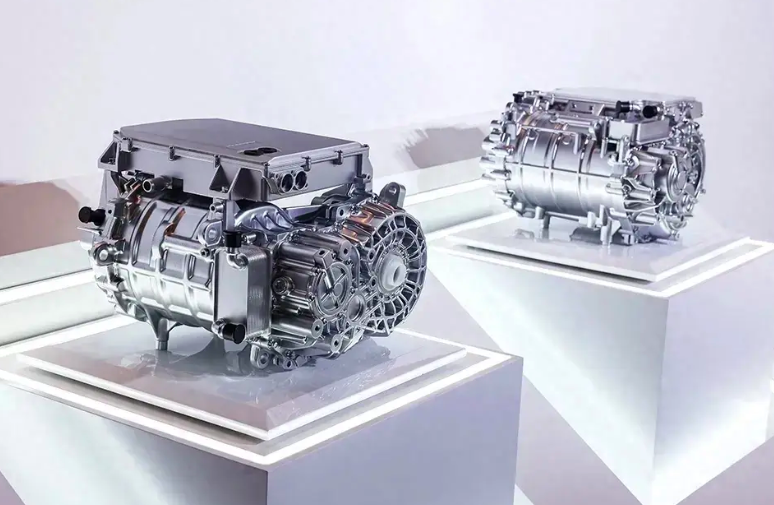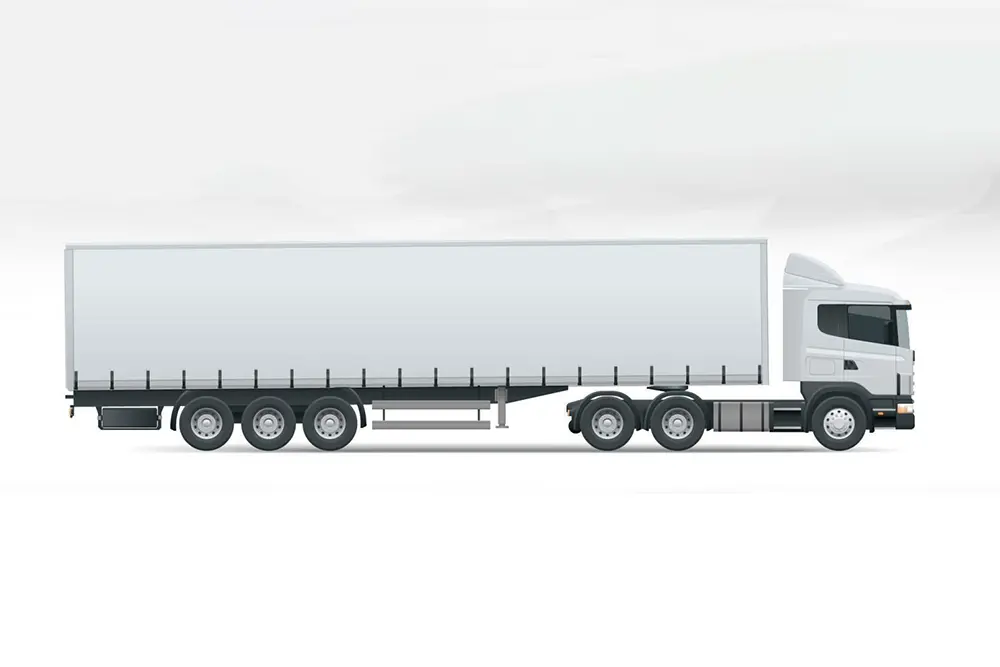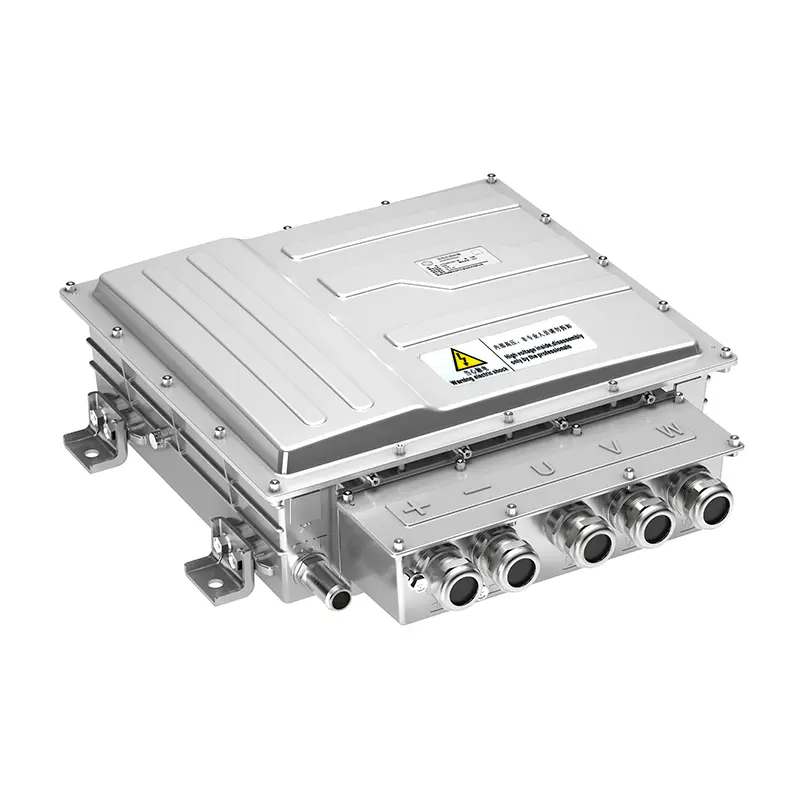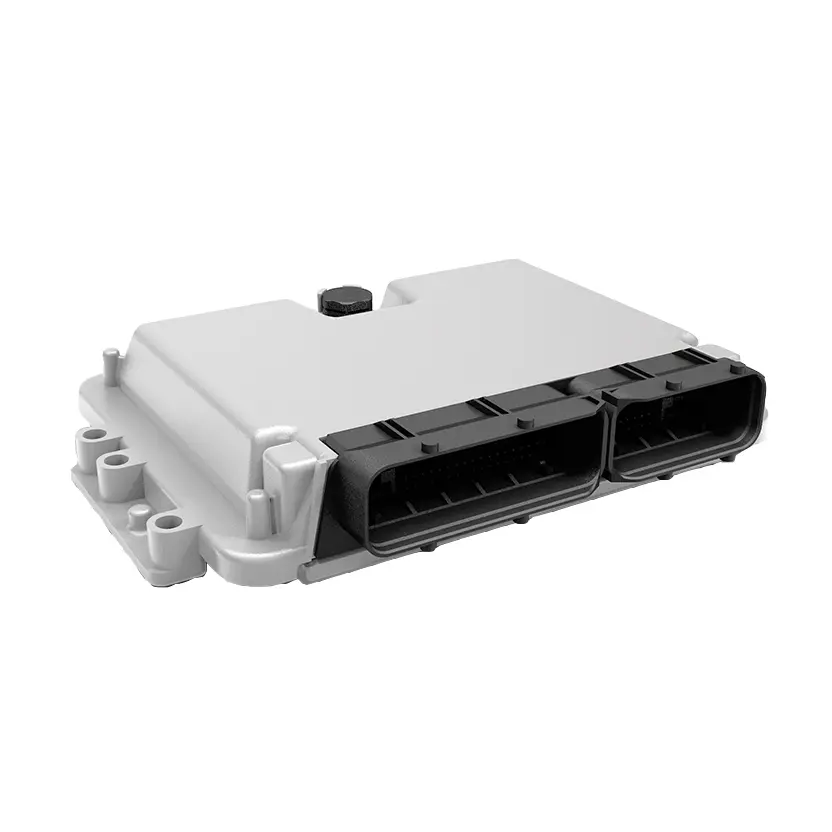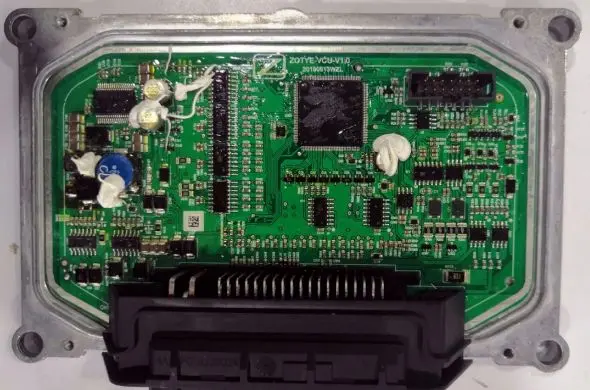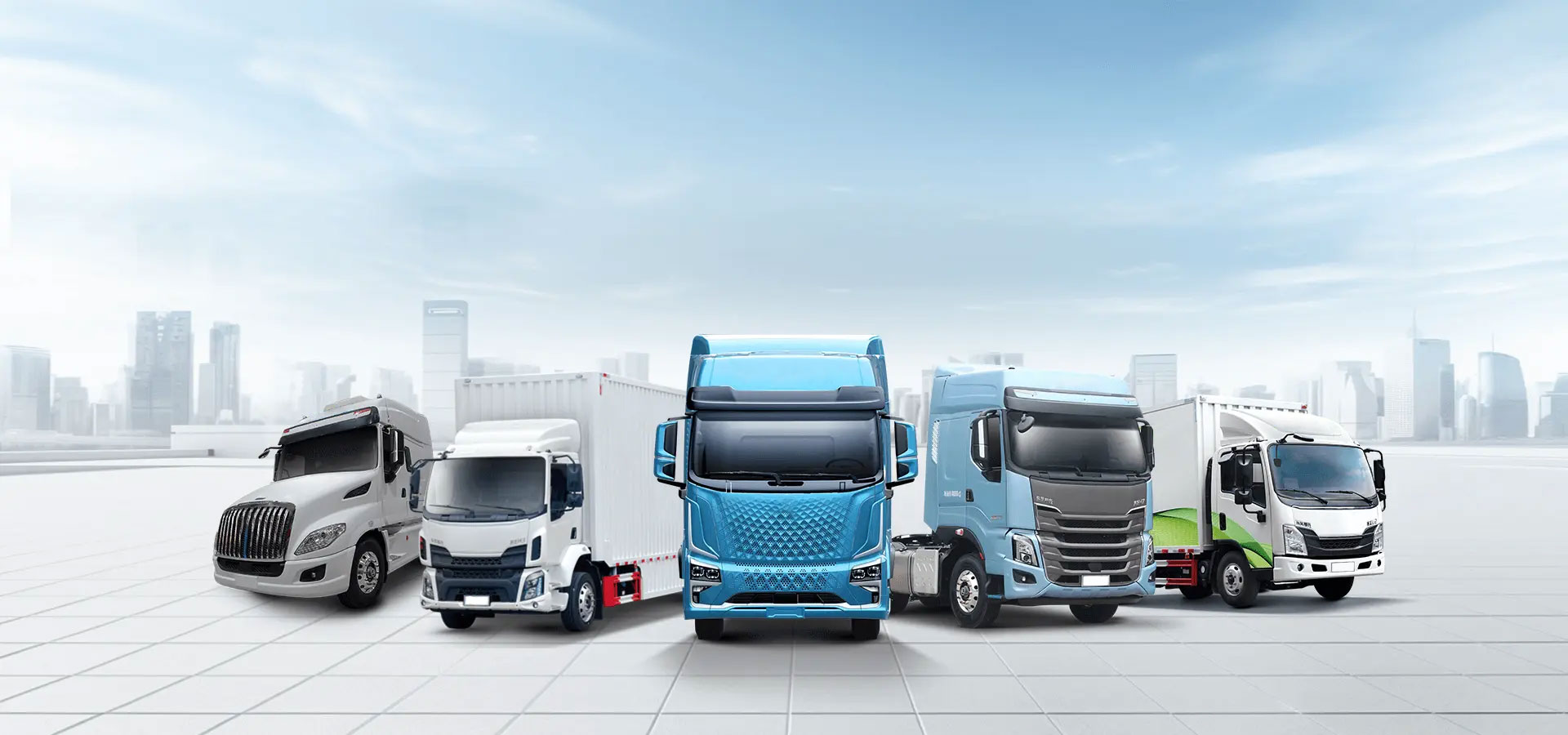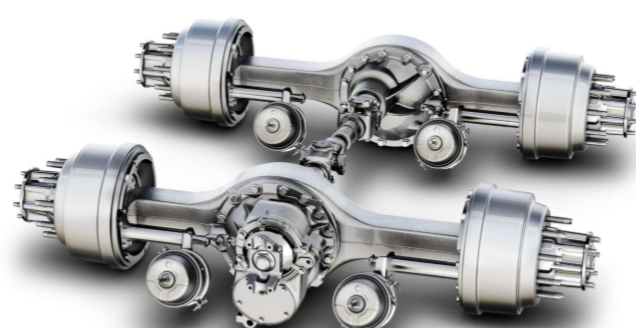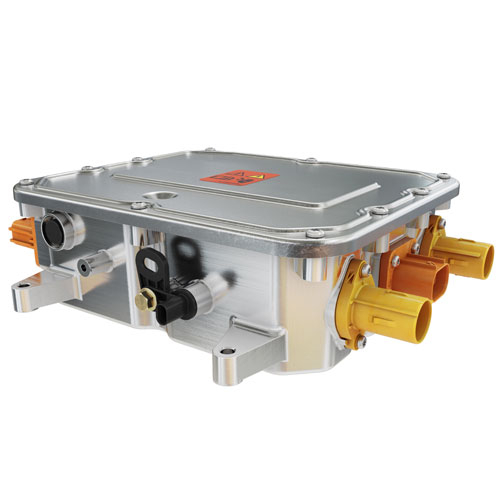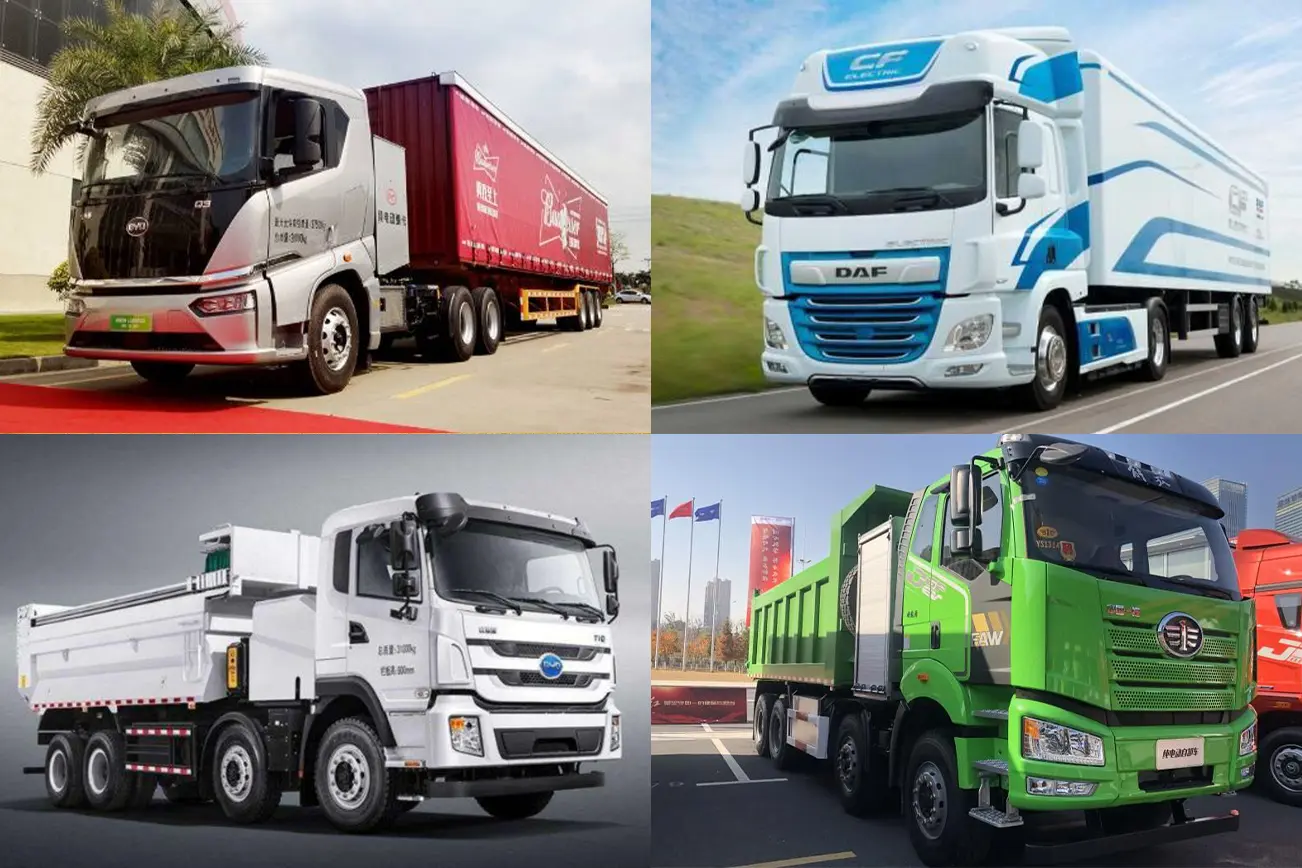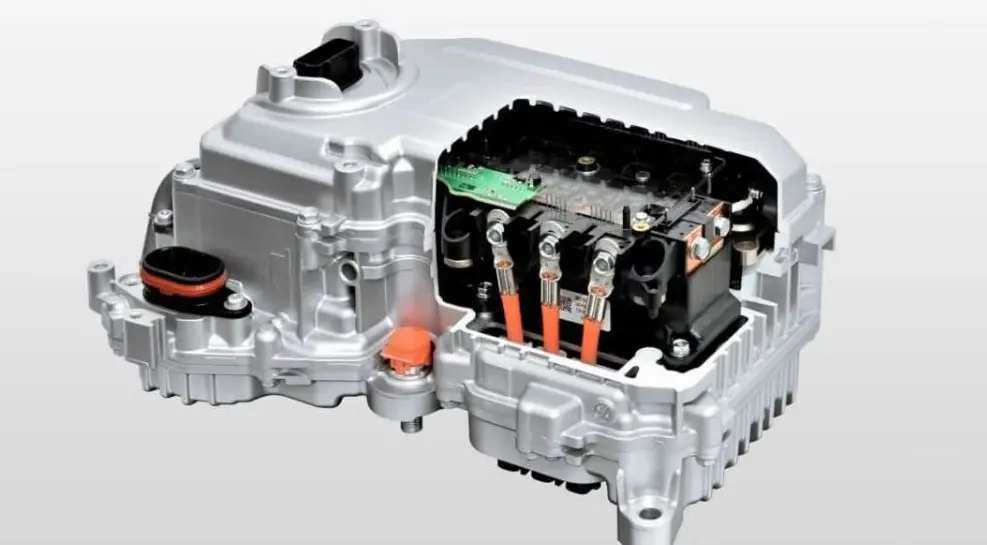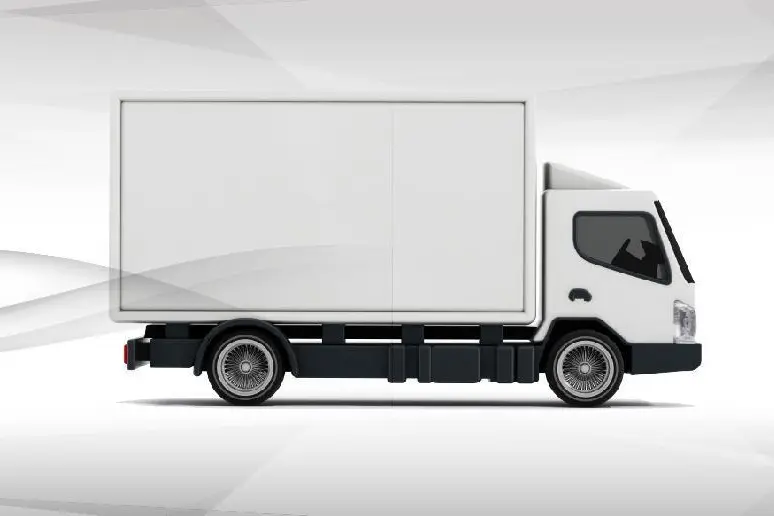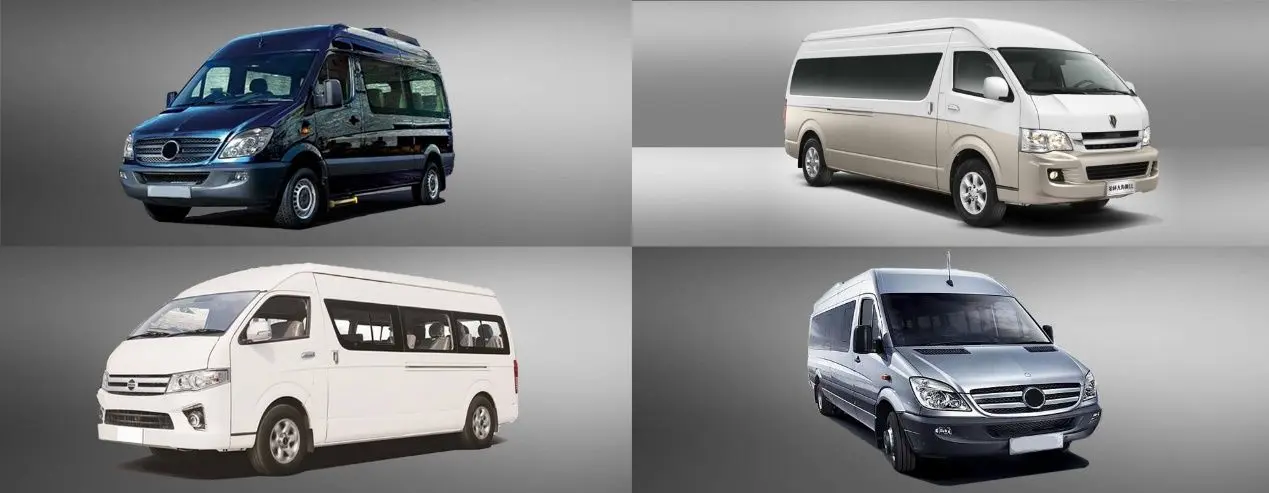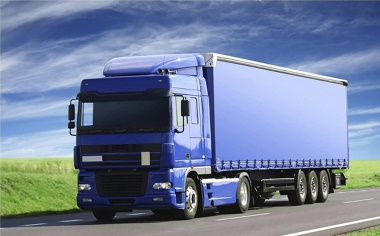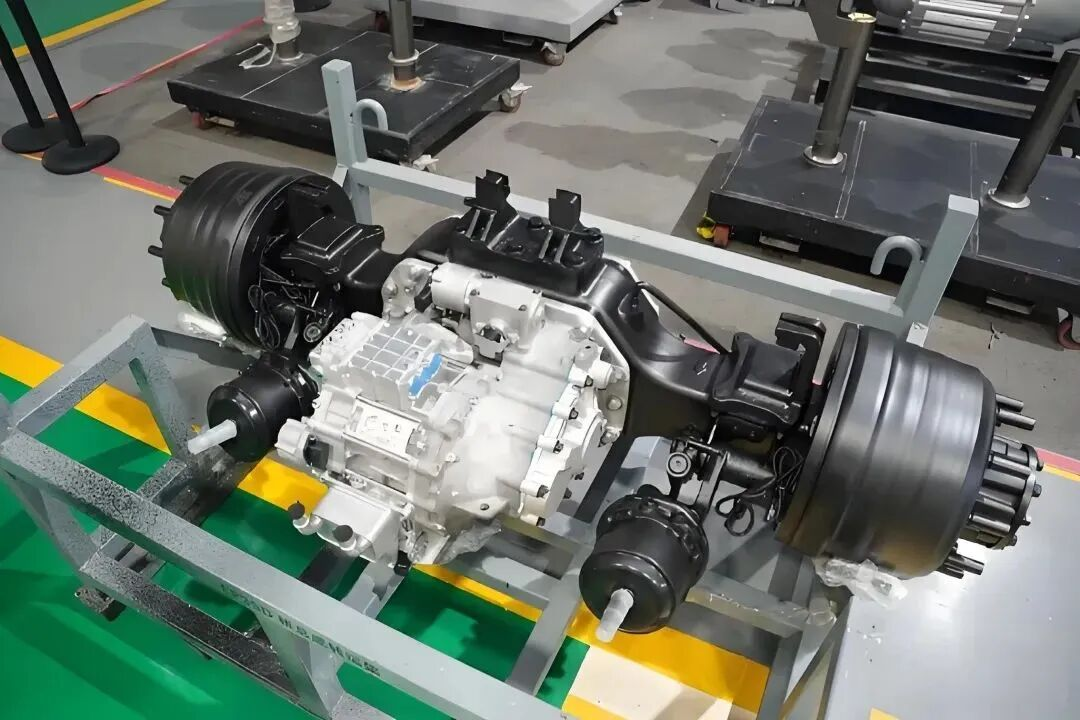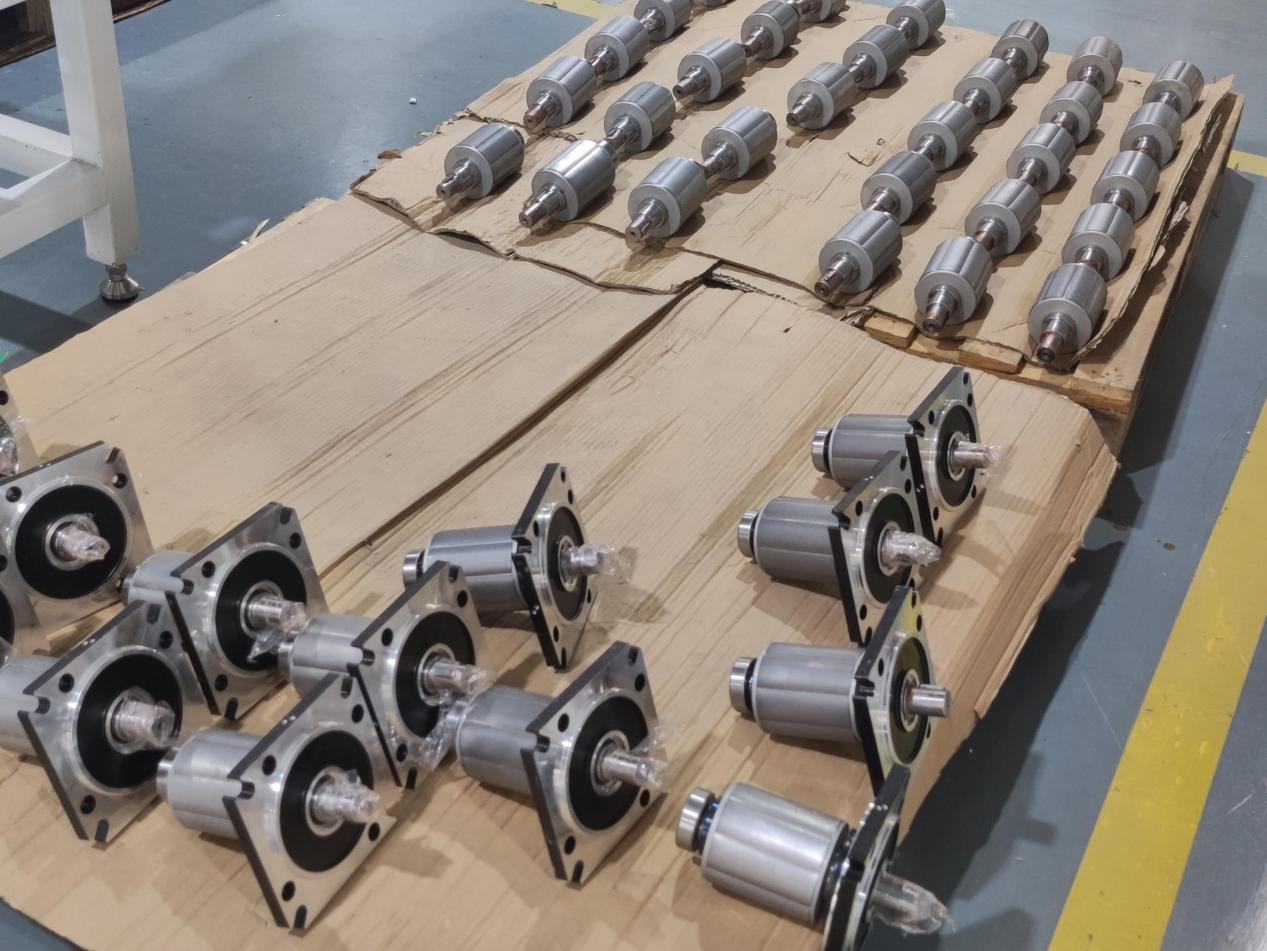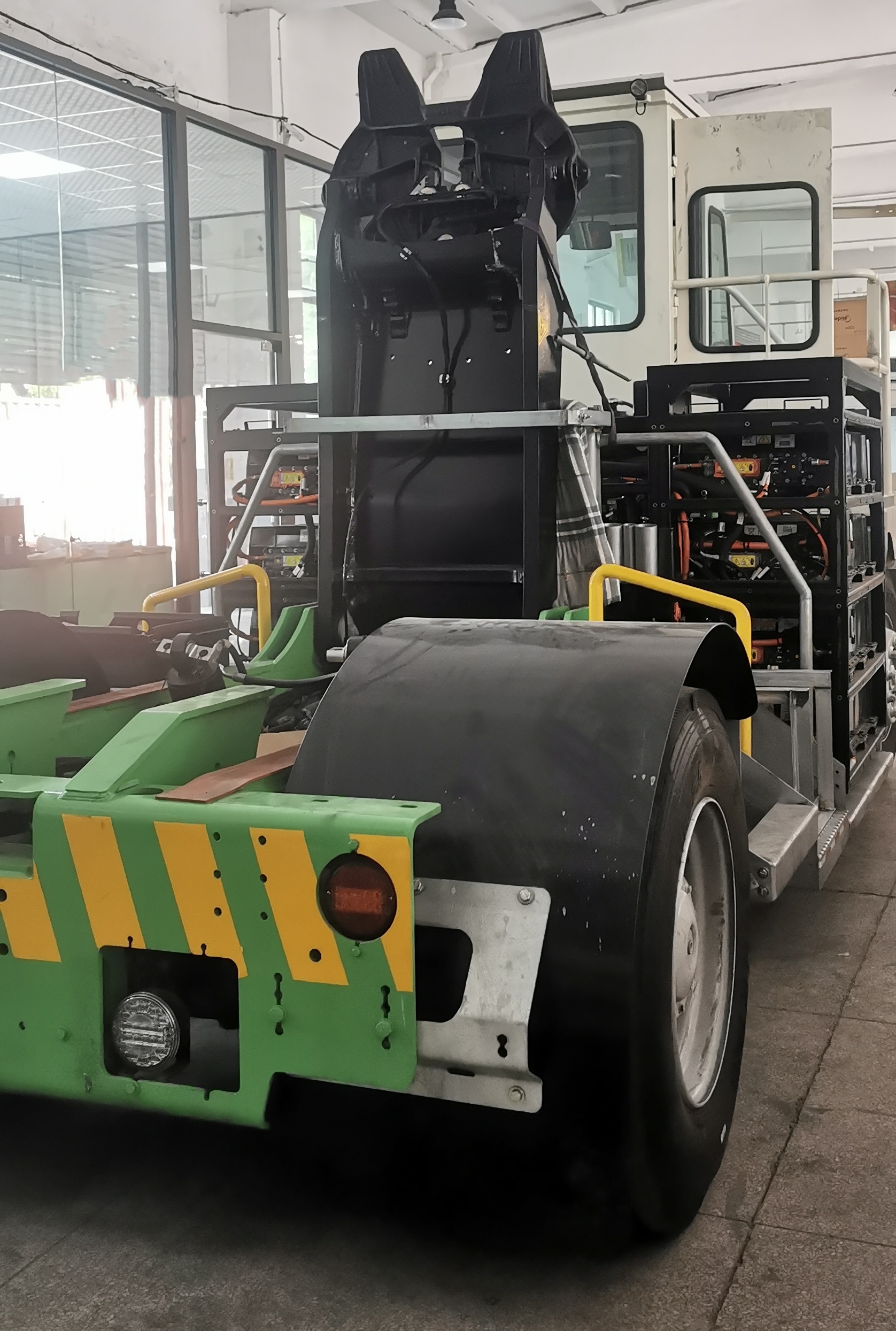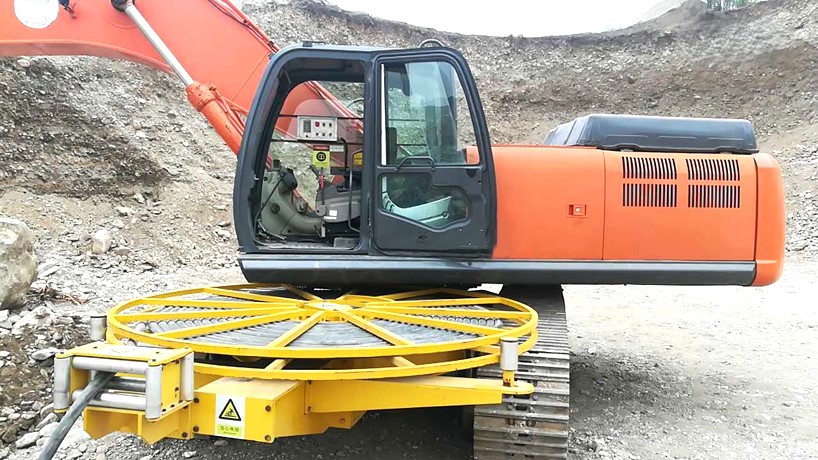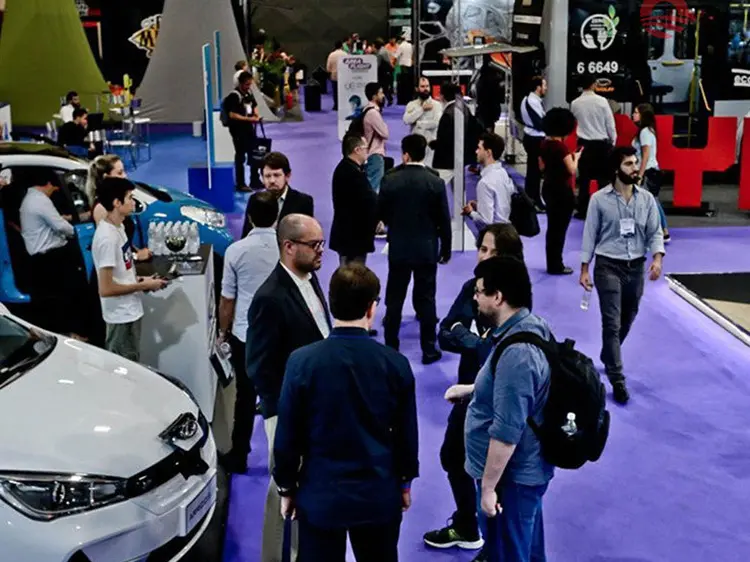How Vehicle-to-Grid (V2G) Technology Is Changing the Game for EV Component Suppliers
Overview of V2G Technology
As the world pivots toward renewable energy and decarbonization, Vehicle-to-Grid (V2G) technology is emerging as a cornerstone innovation within the electric vehicle (EV) ecosystem. Traditional EV charging models involved unidirectional power flow—from the grid to the vehicle. However, V2G introduces a bi-directional energy model, wherein EVs are also capable of supplying electricity back to the grid.
This paradigm shift has widespread implications. With the global EV market expected to exceed hundreds of millions of units in the coming decades, the aggregated energy capacity of EV batteries represents an enormous and largely untapped asset for grid stabilization. V2G enables demand response, grid peak shaving, frequency regulation, and renewable energy buffering—transforming passive energy consumers into active participants in energy markets.
From the standpoint of EV component suppliers, the integration of V2G is transforming not only the technical requirements of vehicle systems but also their position in the larger energy infrastructure. Suppliers now have the opportunity to develop smart, connected, and bi-directional components that are central to this technological evolution.
Understanding Vehicle-to-Grid (V2G) Technology
V2G is a smart charging framework that allows EVs to interact with the power grid. At its core, V2G involves the controlled discharge of electricity stored in EV batteries back to the grid, especially during periods of high demand. The vehicles charge during off-peak hours and export power during peak demand hours, helping to stabilize the grid.
The functionality of V2G relies on several key technologies:
- Bi-directional charging infrastructure: Special inverters and controllers that enable two-way energy flow.
- Smart communication protocols: Systems such as ISO 15118 and OCPP allow real-time data exchange between the vehicle, charger, and grid operator.
- Energy Management Systems (EMS): Software that schedules charging and discharging based on grid signals, pricing, and user preferences.
The benefits of V2G go beyond grid support. It helps reduce electricity bills for EV owners and enables revenue generation for fleet operators. It also facilitates the integration of intermittent renewable sources like wind and solar by providing flexible storage.
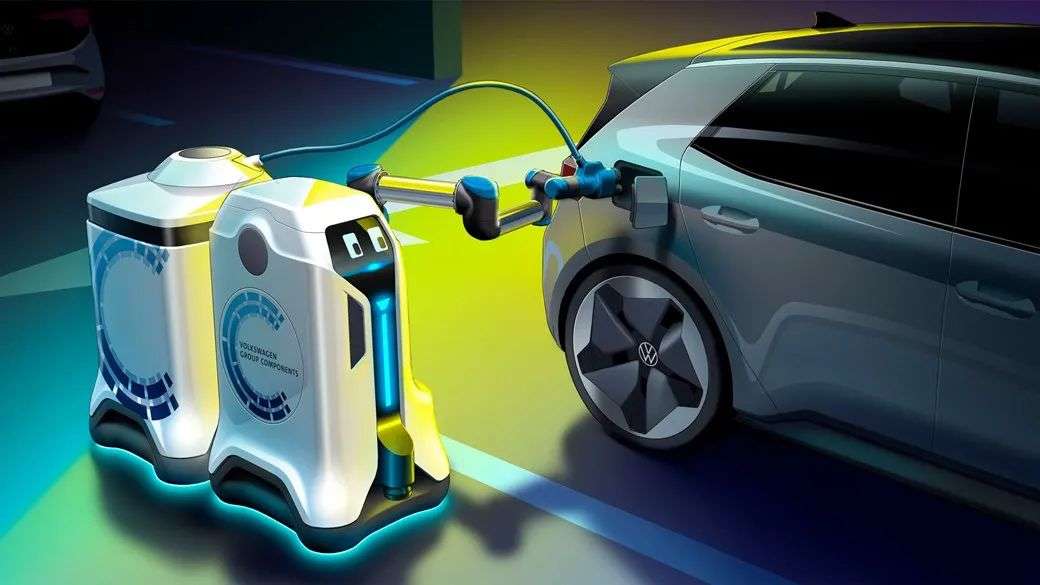
The Role of EV Component Suppliers in V2G Integration
EV component suppliers occupy a critical position in the successful deployment of V2G systems. Every V2G-enabled vehicle requires a combination of high-performance hardware and software that must be precisely engineered to support bi-directional energy transfer.
Key Components Impacted by V2G:
- Onboard chargers: Need to be redesigned for two-way energy flow, supporting both AC and DC power.
- Power inverters and converters: Must be efficient, compact, and capable of switching modes frequently.
- Battery Management Systems (BMS): Require advanced algorithms to maintain cell balance, thermal stability, and longevity under V2G cycling.
- Thermal management: Components must manage heat generated during rapid and frequent charge-discharge cycles.
- Communication modules: Ensure interoperability with grid networks and support real-time remote updates and controls.
In this context, suppliers must elevate their role from being part manufacturers to solution providers. Collaborations with automakers, charging infrastructure companies, and energy utilities are essential for developing integrated V2G-ready systems.
Shifting Market Demands and Opportunities
The evolution toward V2G is reshaping market demands, creating new business opportunities and revenue streams for EV component suppliers. The increasing electrification of public and commercial transportation fleets makes them prime candidates for V2G adoption, given their predictable usage patterns and large battery capacities.
Market Opportunities:
- Fleet Electrification: Suppliers can develop modular, scalable systems tailored for fleet operations, including logistics, transit, and ride-hailing services.
- Residential V2G Systems: There is growing demand for home-based bi-directional chargers that integrate with rooftop solar and home energy storage.
- Grid-as-a-Service: Component manufacturers can partner with utilities to provide distributed energy services using EV fleets as virtual power plants.
- Retrofit Kits: Developing kits to upgrade existing EVs to be V2G-compatible can open an aftermarket channel.
The shift toward V2G also aligns with broader societal and governmental pushes toward decentralization of energy resources, sustainability goals, and energy cost reductions.
Technological Innovations Driven by V2G
V2G is a catalyst for innovation in both hardware and software. To meet the demands of bi-directional energy flow and real-time communication with the grid, component technologies are undergoing a transformation.
Hardware Innovations:
- Next-gen inverters: Compact and highly efficient, these allow seamless switching between vehicle and grid modes.
- Solid-state components: Use of silicon carbide (SiC) and gallium nitride (GaN) transistors improves power density and reduces heat loss.
- Advanced sensors: Provide real-time diagnostics and predictive maintenance capabilities for batteries and power electronics.
Software Innovations:
- Artificial Intelligence (AI): AI-based EMS optimize energy transfer based on user habits, weather forecasts, and grid conditions.
- Blockchain: Enables secure and transparent energy trading between EV owners and grid operators.
- Cloud-integrated diagnostics: Remote firmware updates and performance tracking help optimize component lifespan and system efficiency.
These innovations not only enhance component performance but also create new product categories and service models for suppliers.
Challenges Faced by EV Component Suppliers
While the V2G revolution brings significant opportunities, it also presents a complex set of challenges that suppliers must address to remain viable.
Technical and Operational Challenges:
- Component Stress: Frequent charge-discharge cycles increase wear on batteries and power electronics.
- System Complexity: Integration with varying grid infrastructures requires adaptive, standardized designs.
- Safety and Certification: Meeting international safety standards and achieving compliance involves rigorous testing and certification processes.
Economic and Strategic Challenges:
- Cost Sensitivity: OEMs and end-users expect affordability without compromising performance.
- R&D Investment: High upfront investment in research, prototyping, and testing with uncertain short-term returns.
- Market Fragmentation: Different regulatory environments and grid specifications complicate scaling solutions across regions.
Cybersecurity:
As vehicles become connected nodes in the power grid, the risk of cyberattacks increases. Secure firmware, data encryption, and real-time threat detection systems are no longer optional—they're vital.
The Road Ahead: Future Trends and Predictions
The future of V2G is promising, with several trends set to shape its adoption and evolution:
Global Standardization:
International efforts are underway to harmonize V2G communication protocols and grid interconnection standards. Widespread adoption of ISO 15118 and IEC standards will drive interoperability.
Renewable Integration:
V2G will serve as a linchpin in integrating renewable energy sources, allowing EVs to store excess solar or wind power and discharge it during demand spikes.
Energy-as-a-Service (EaaS):
This model will gain traction, enabling users to monetize their EV battery storage. Suppliers will develop modular systems and APIs to support this service-oriented architecture.
Urban Grid Infrastructure:
Smart cities will increasingly rely on V2G to stabilize microgrids and support energy resilience during emergencies or peak loads.
Government Incentives:
Countries such as the UK, Germany, and the US are rolling out pilot projects and subsidies for V2G infrastructure, encouraging investment and adoption.

How Suppliers Can Stay Competitive
To adapt and thrive in the V2G era, EV component suppliers must be strategic, agile, and forward-thinking.
Strategic Actions:
- Invest in Future-Ready R&D: Focus on modular designs, robust communication interfaces, and high-efficiency materials.
- Develop Cross-Sector Partnerships: Collaborate with utilities, software providers, and automakers to deliver end-to-end V2G solutions.
- Create Agile Manufacturing: Implement flexible production lines to adapt to rapid technology changes and varying customer needs.
- Educate Stakeholders: Provide training for OEMs and end-users to understand V2G benefits and proper usage.
Product Differentiation:
- Smart Components: Integrate sensors and software to provide value-added services such as predictive maintenance and usage analytics.
- Sustainability: Use recyclable materials and energy-efficient manufacturing processes to appeal to eco-conscious markets.
- Compliance First: Design with global standards and regulations in mind to reduce time-to-market and ease certification.
Staying ahead requires a balance of technological excellence, market insight, and proactive adaptability.
Conclusion
Vehicle-to-Grid (V2G) technology is a transformative force that is not only redefining the role of electric vehicles but also reshaping the entire EV component supply chain. As the lines blur between automotive and energy sectors, component suppliers are no longer just building parts—they are engineering solutions for a distributed, intelligent, and sustainable energy ecosystem.
The journey ahead will involve challenges—from regulatory hurdles to technical demands—but the opportunities far outweigh the risks. By innovating continuously, embracing smart partnerships, and aligning with emerging standards, EV component suppliers can position themselves at the vanguard of the V2G revolution.
In this new era, where every vehicle can be a power plant and every battery a revenue stream, the role of the EV component supplier has never been more vital—or more exciting.









